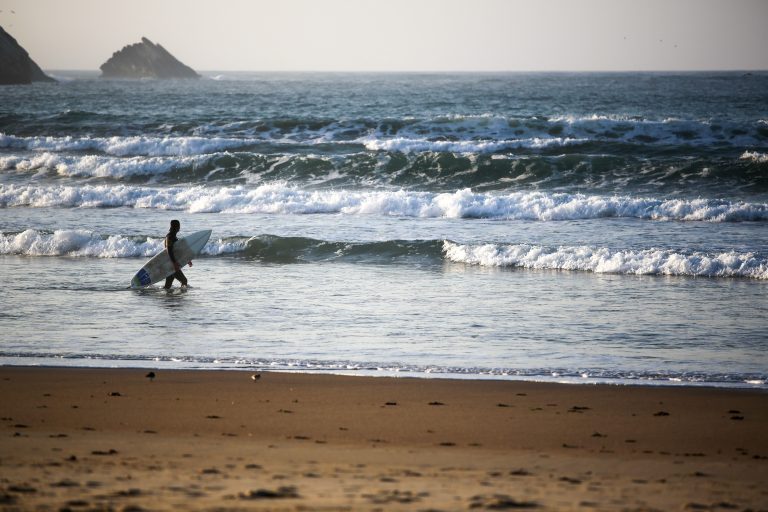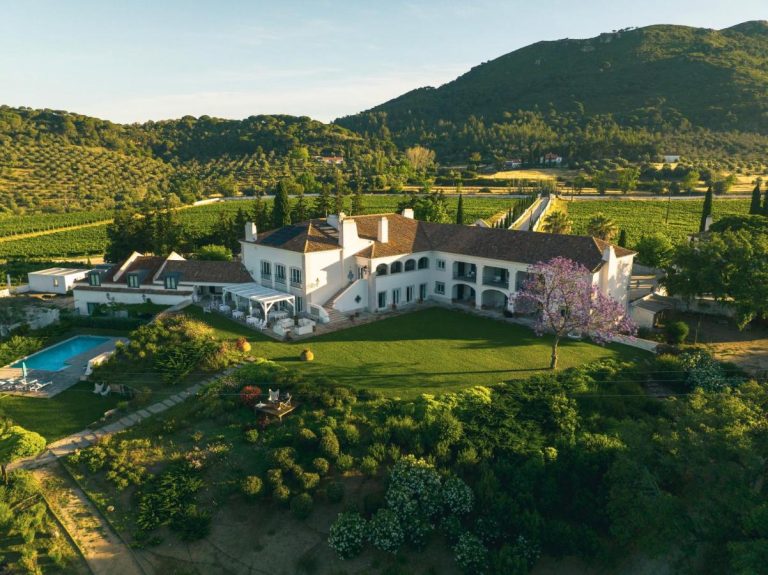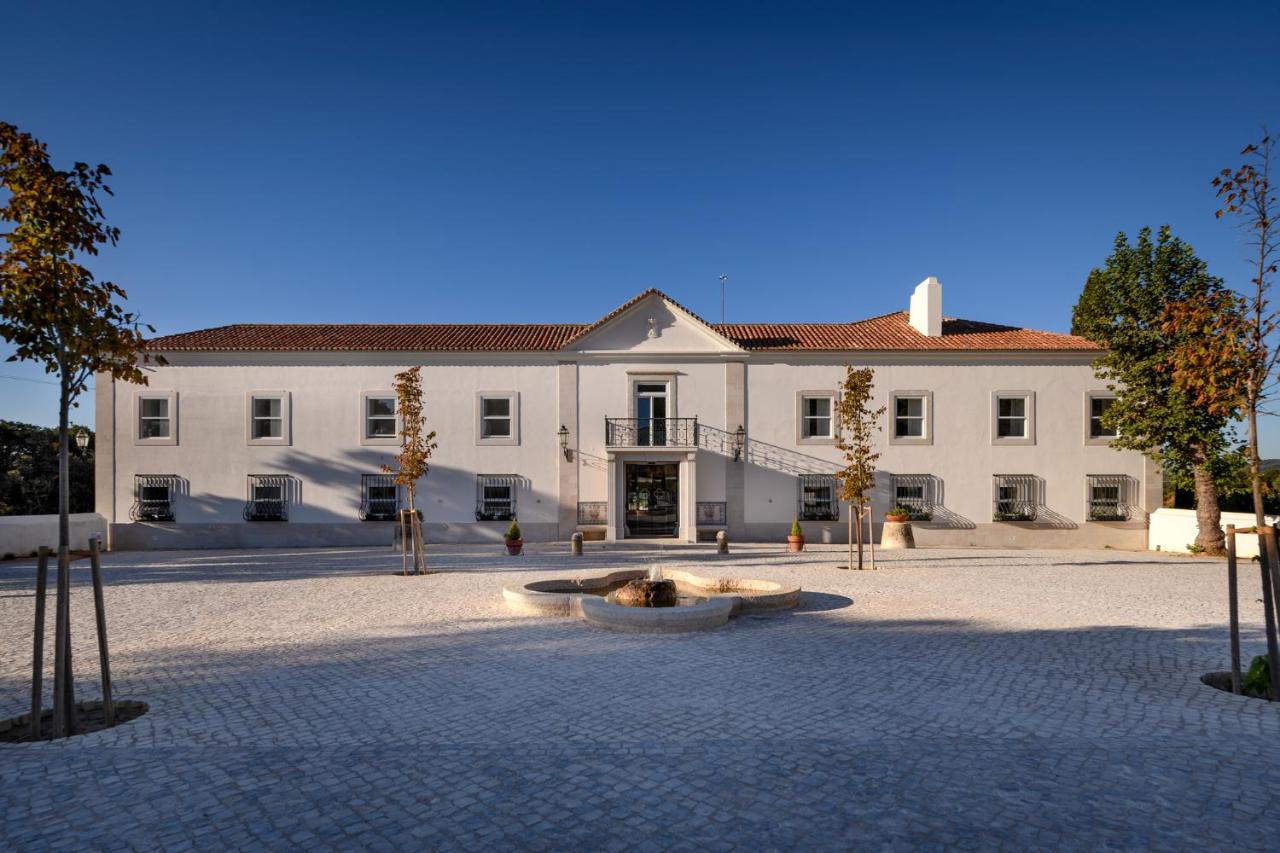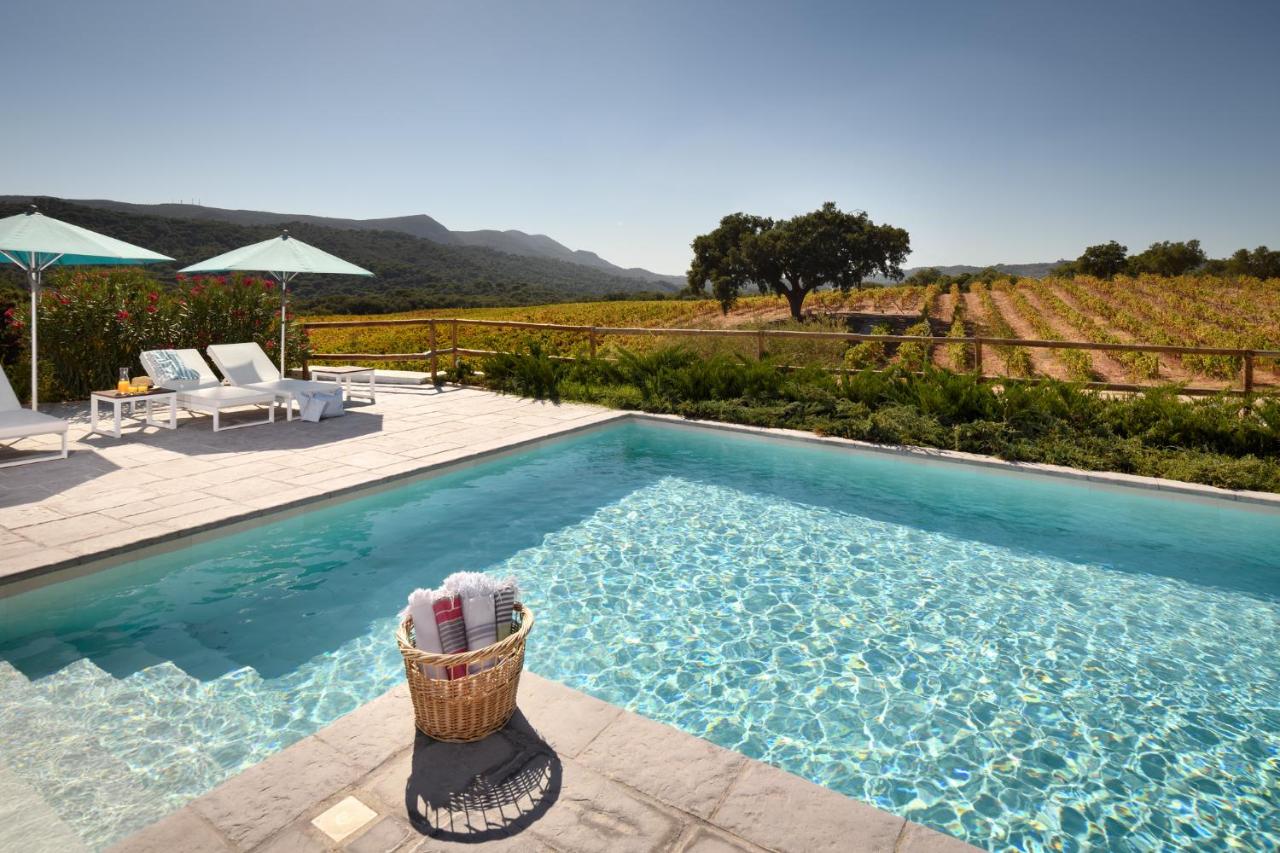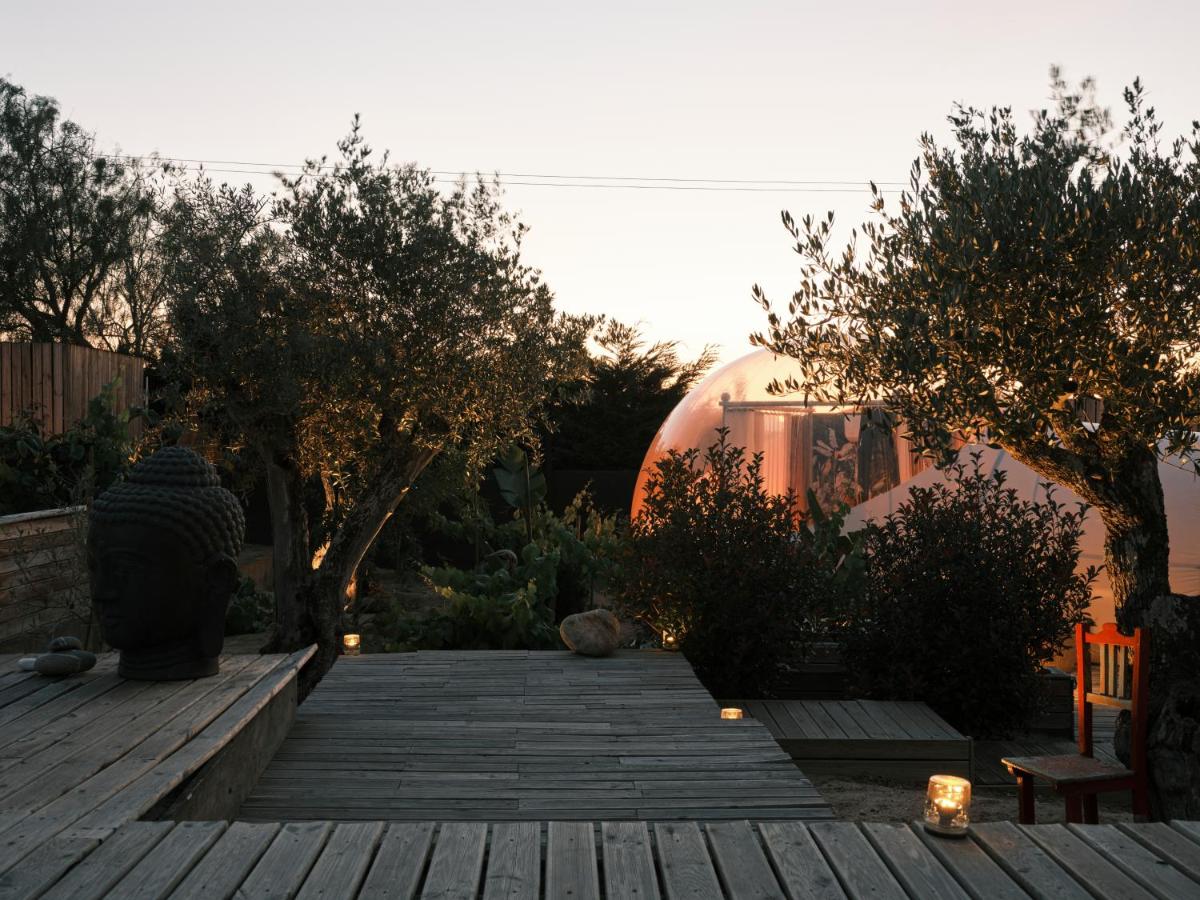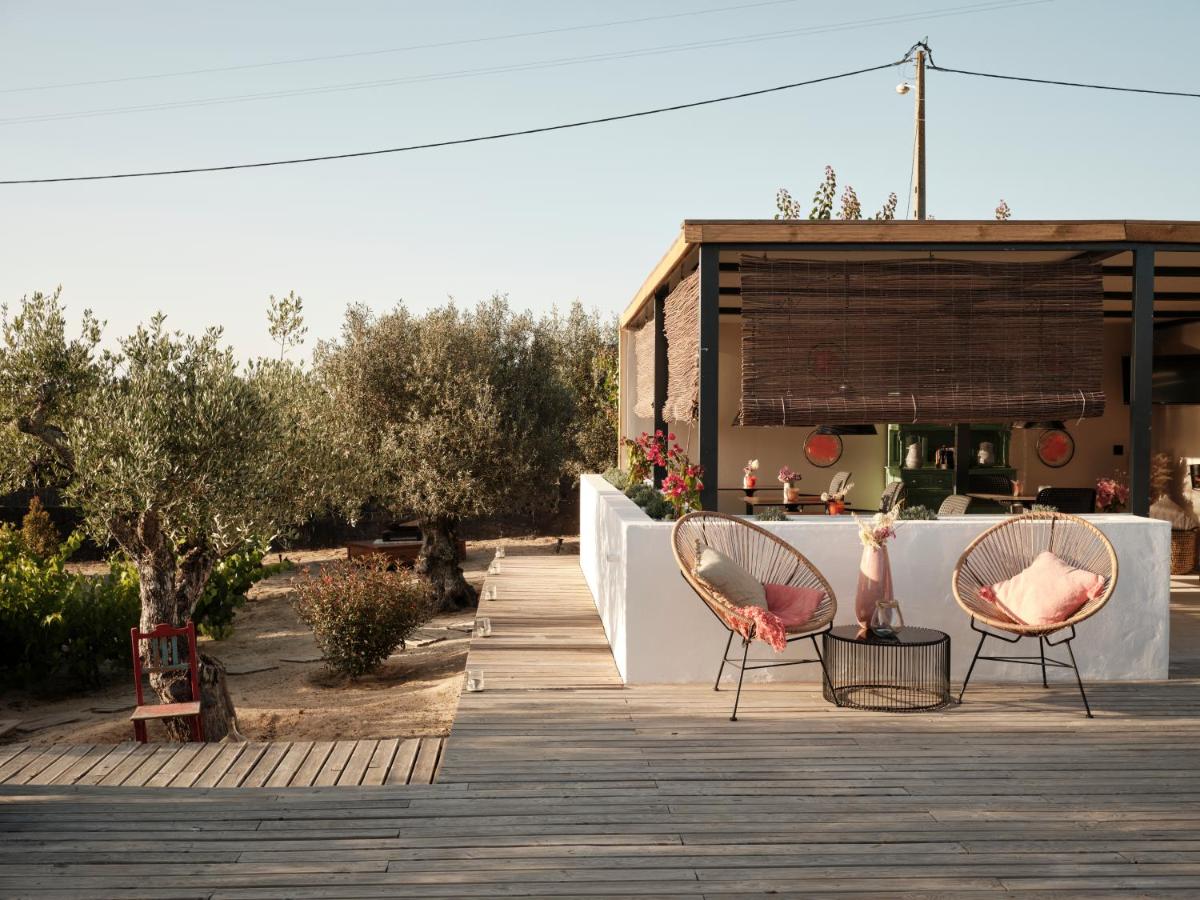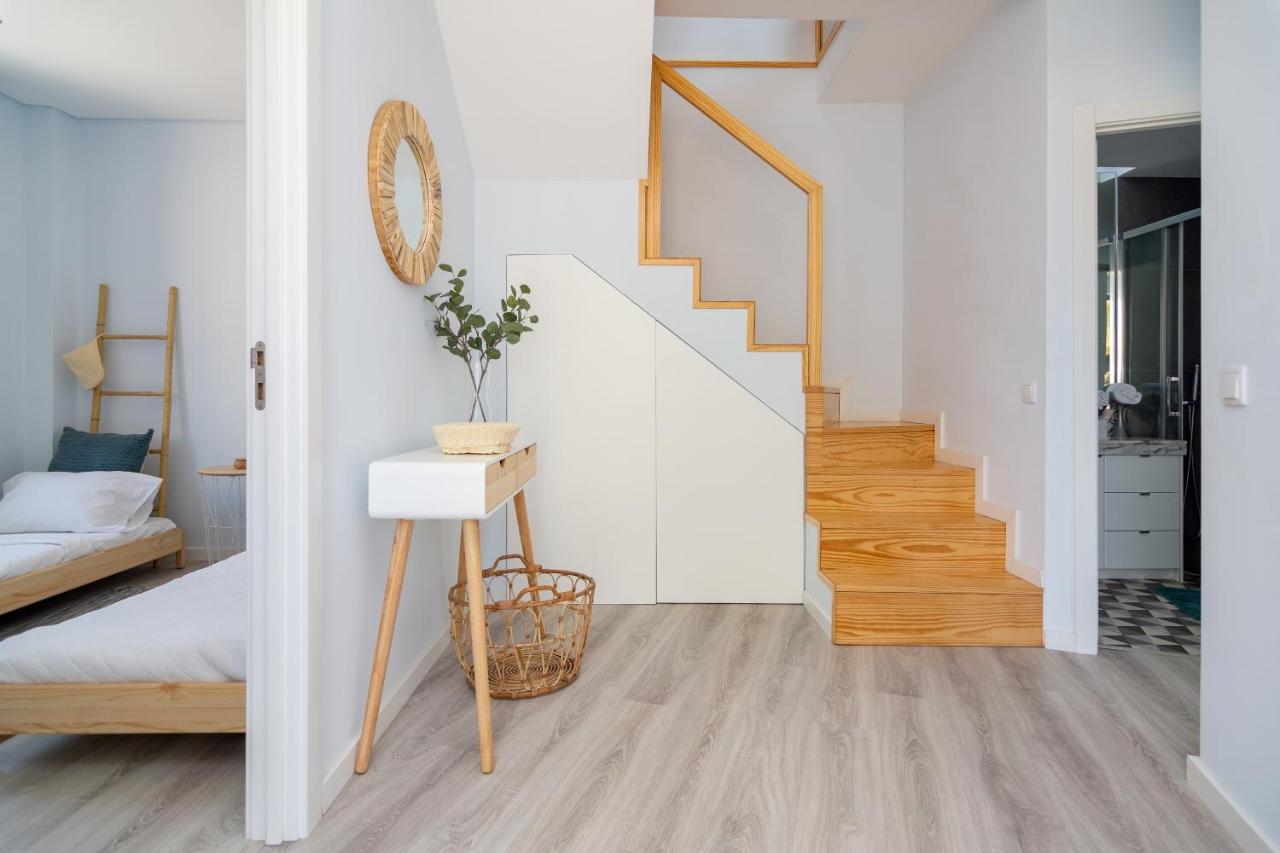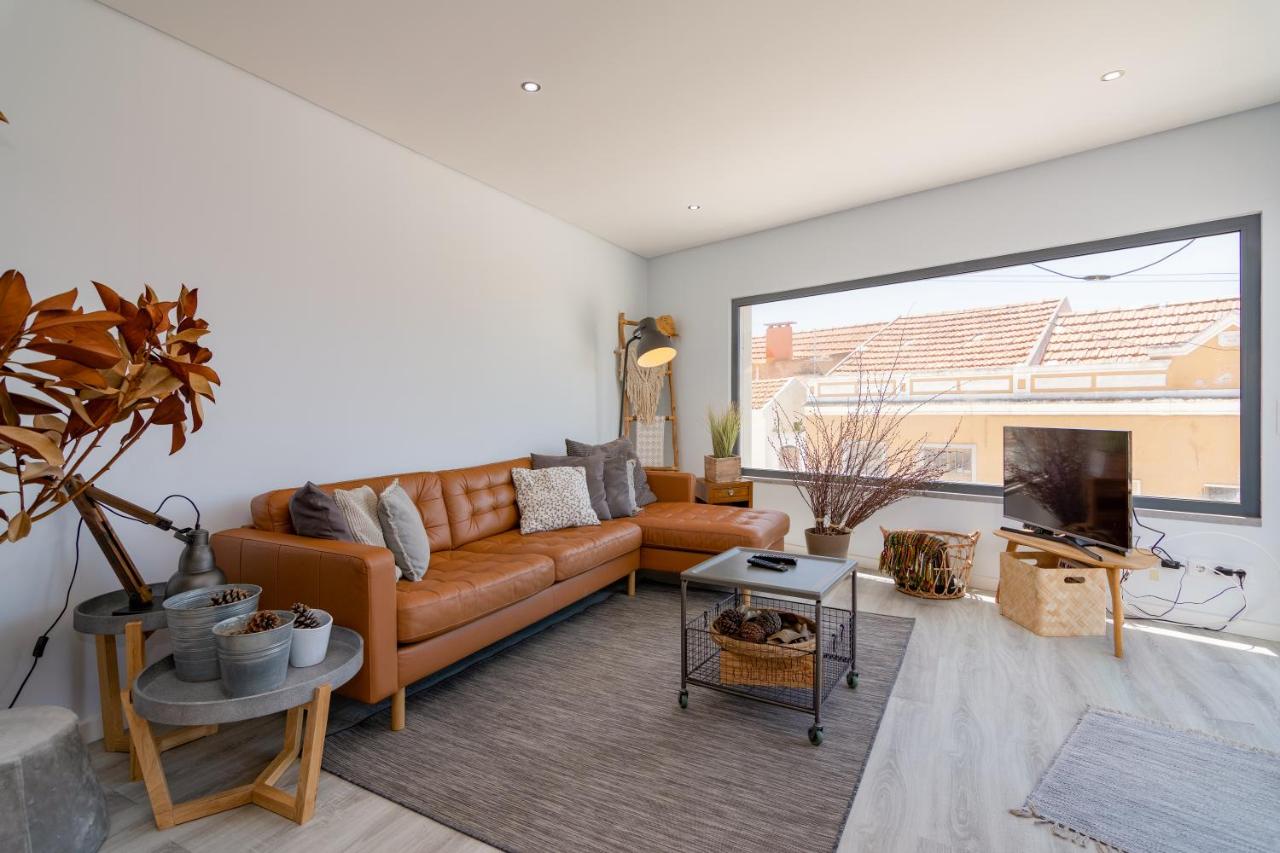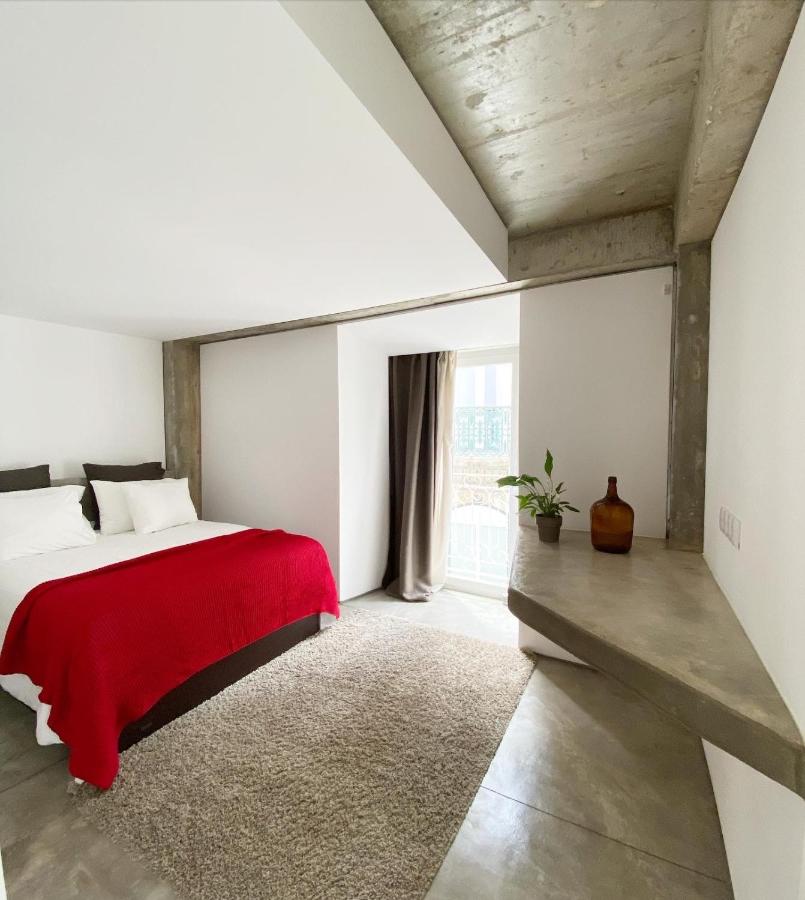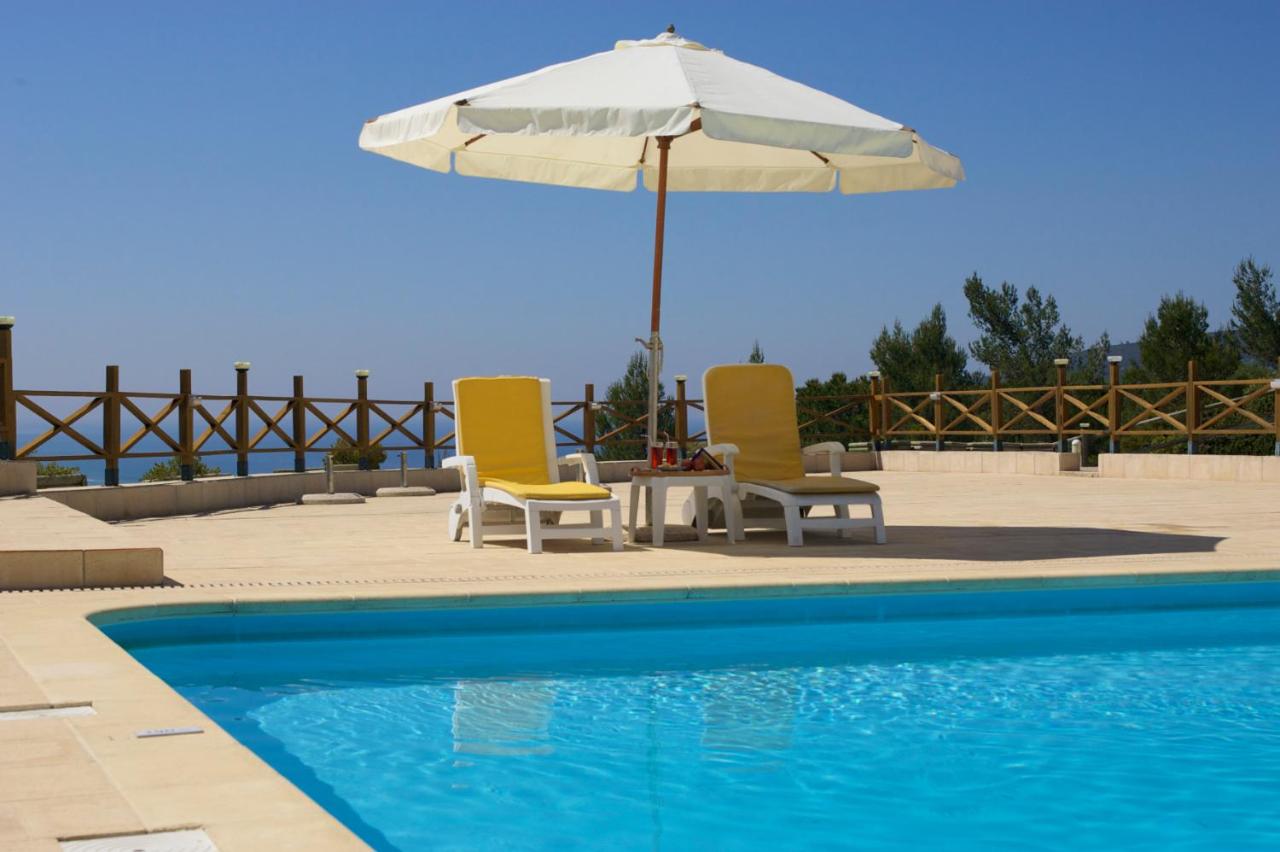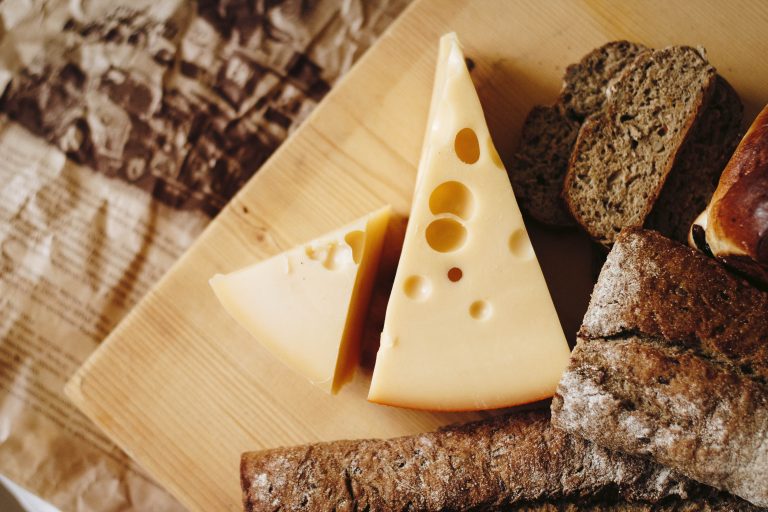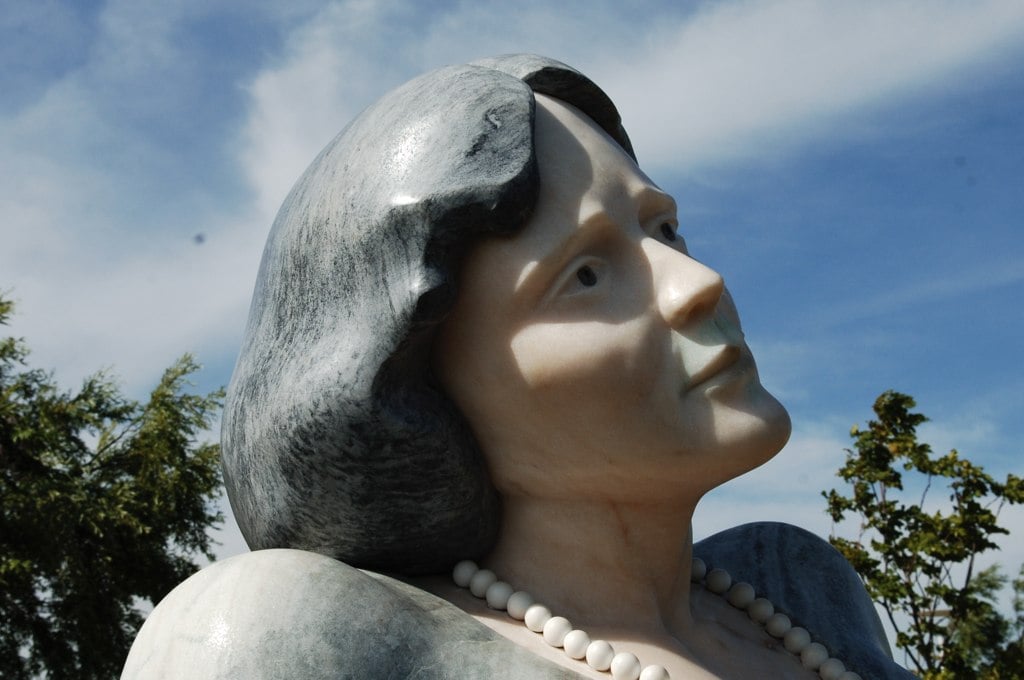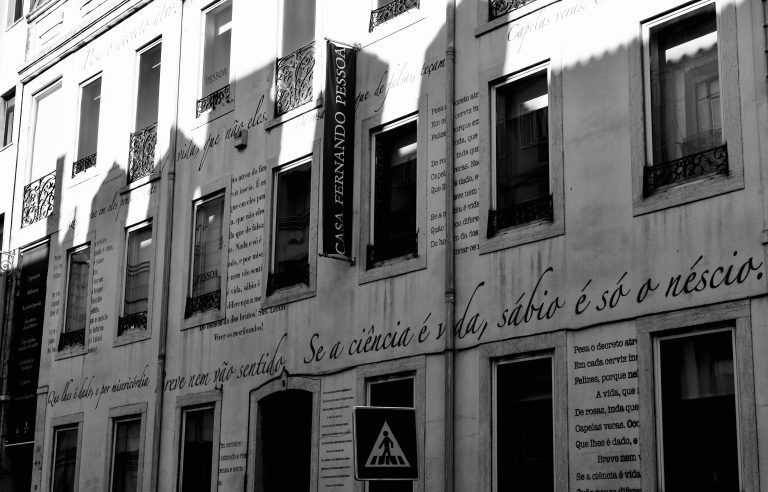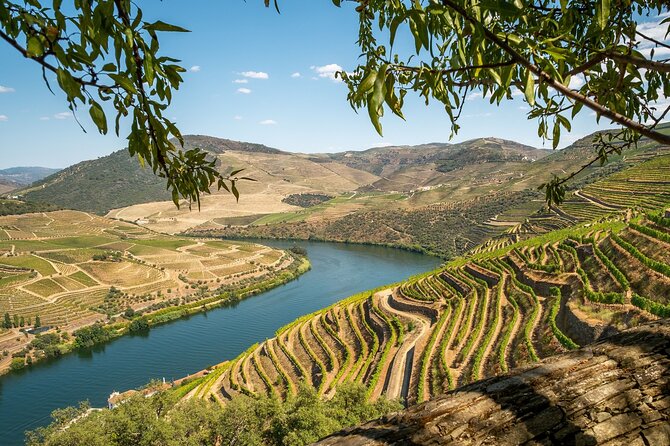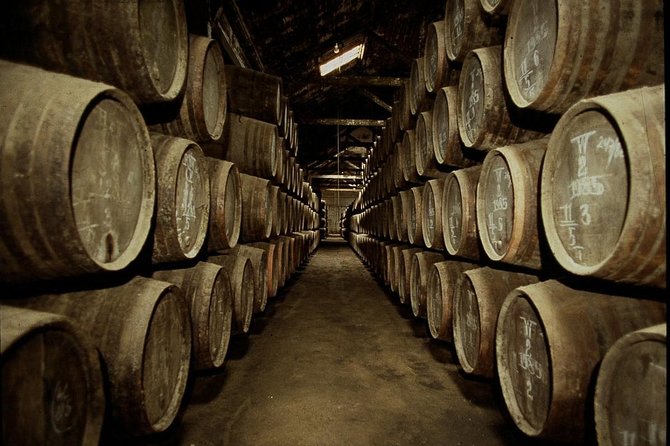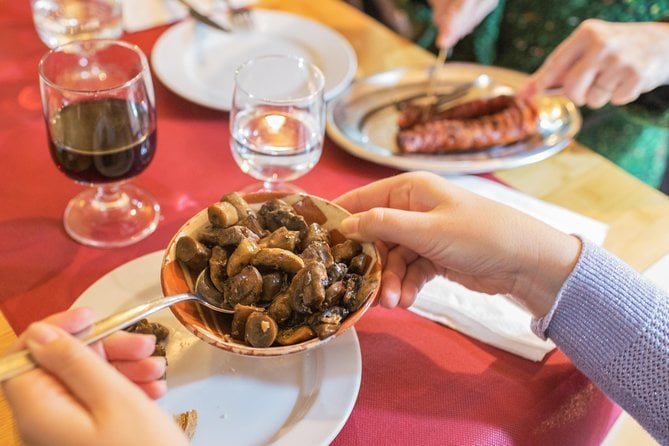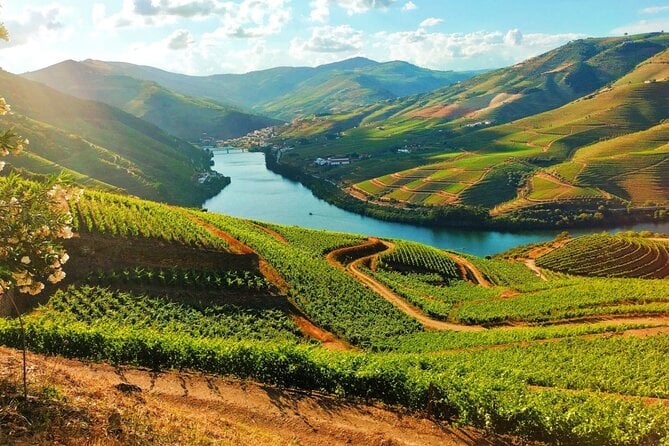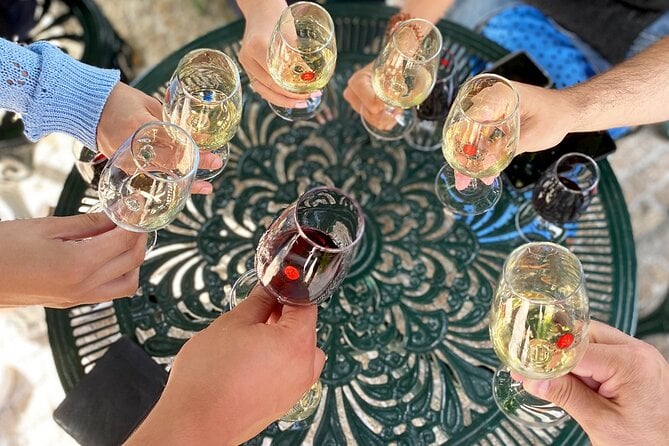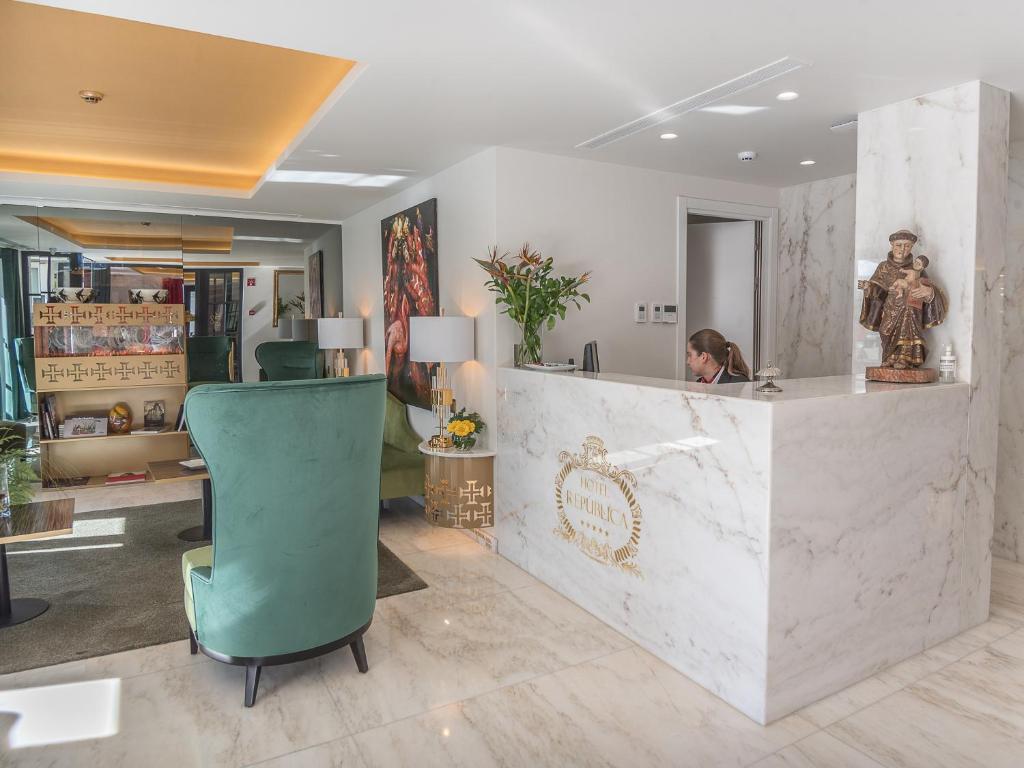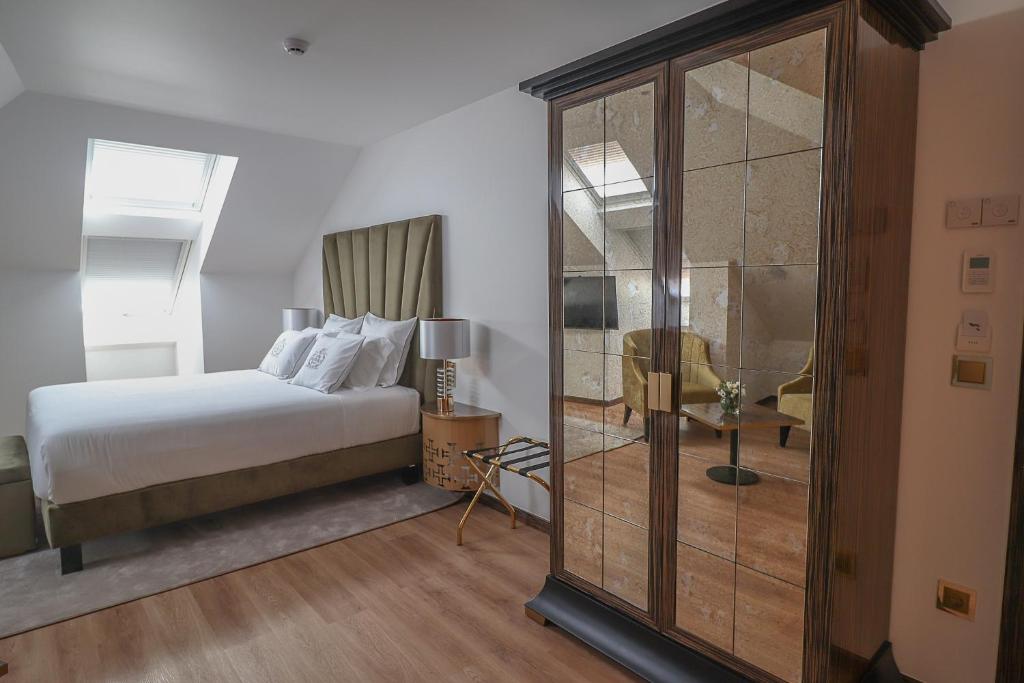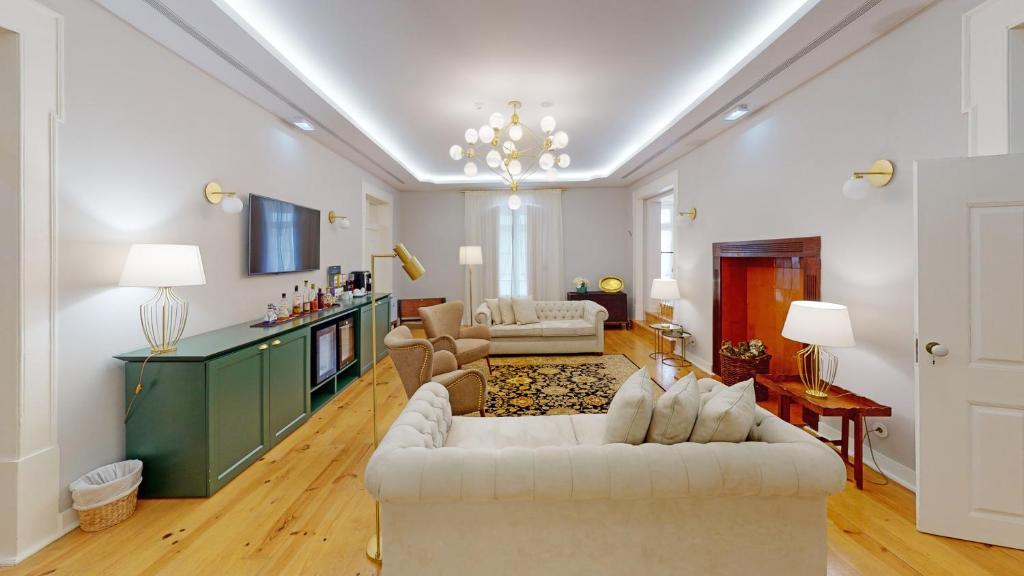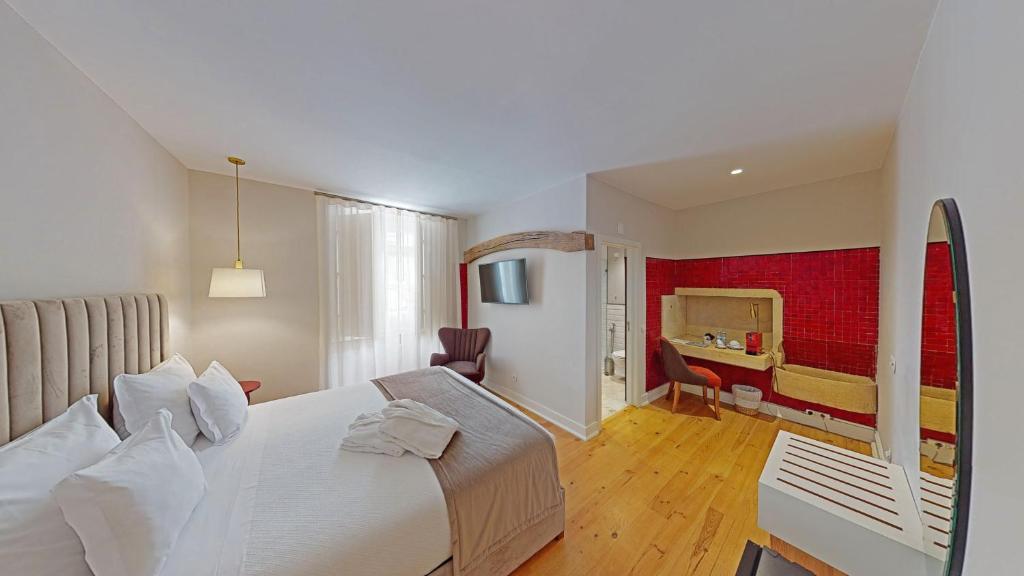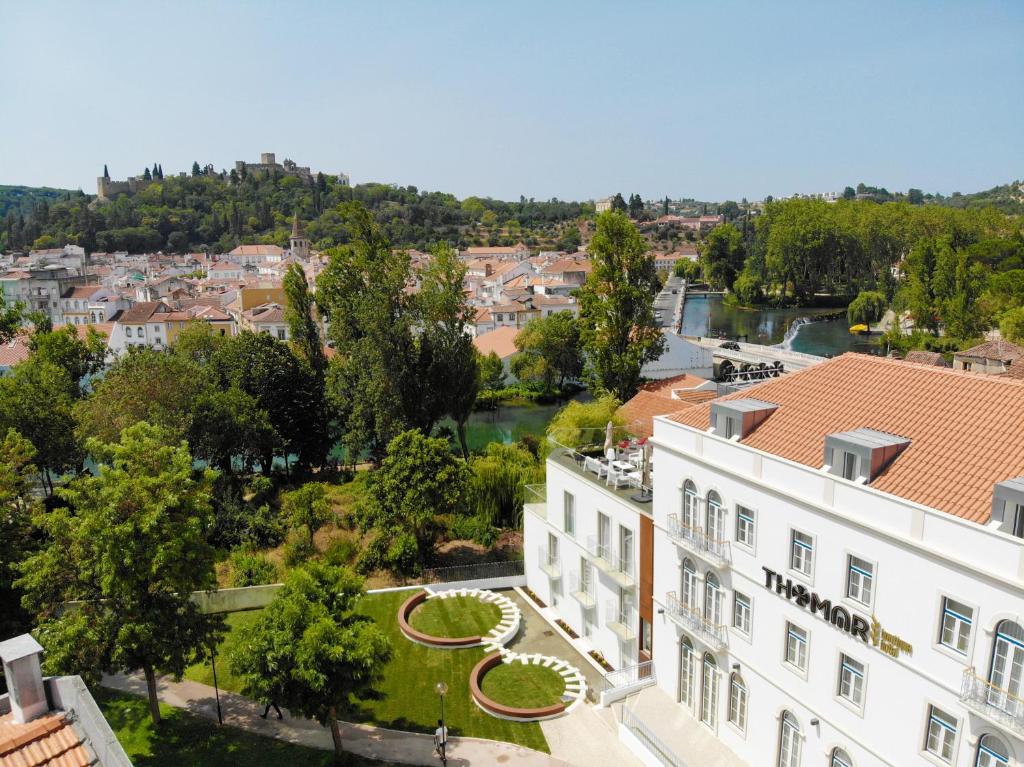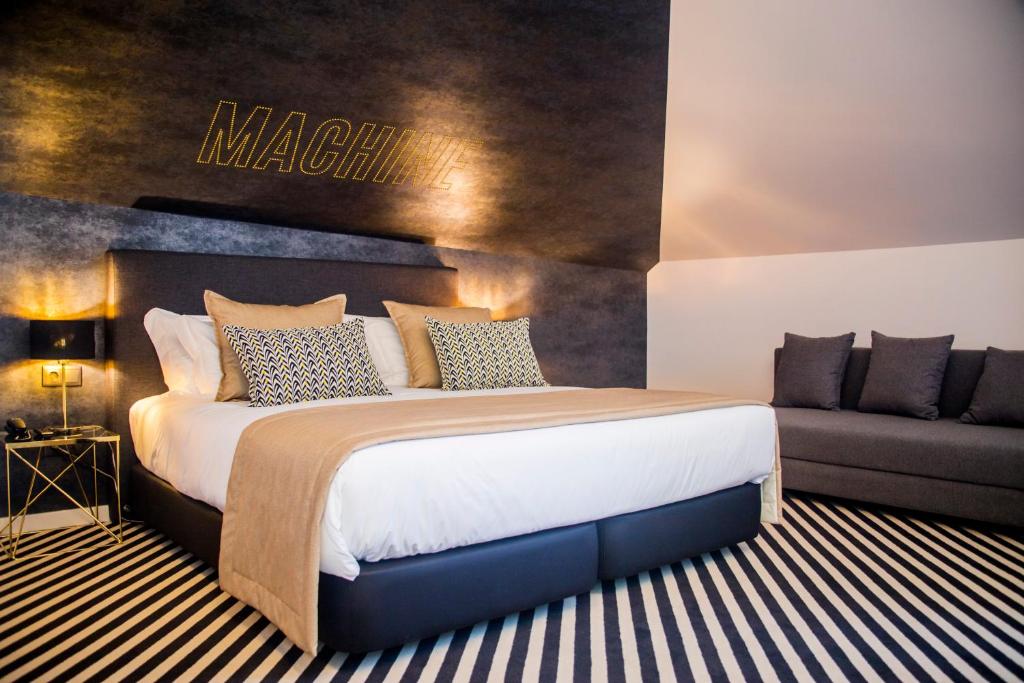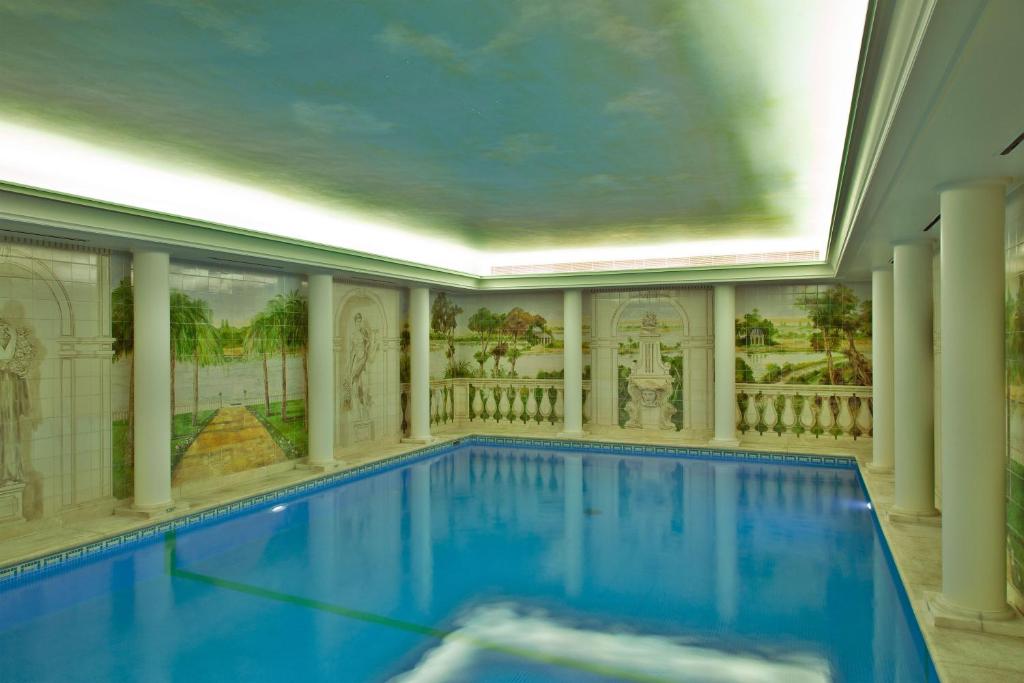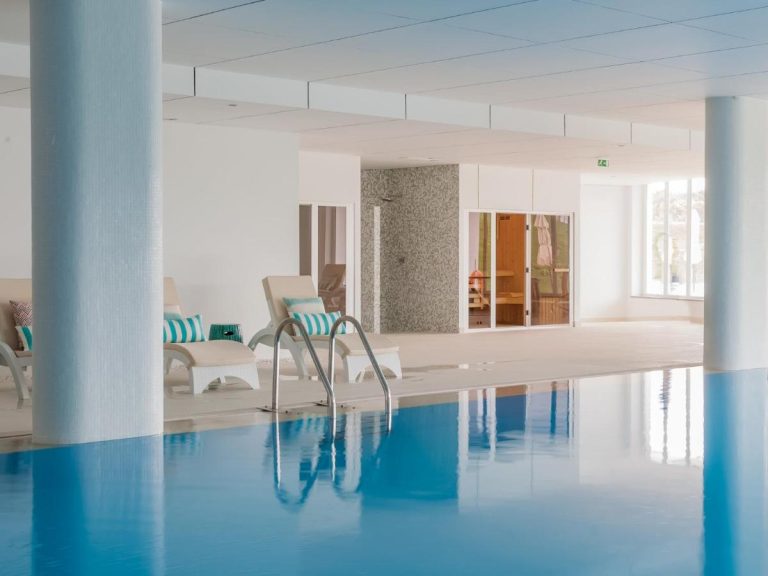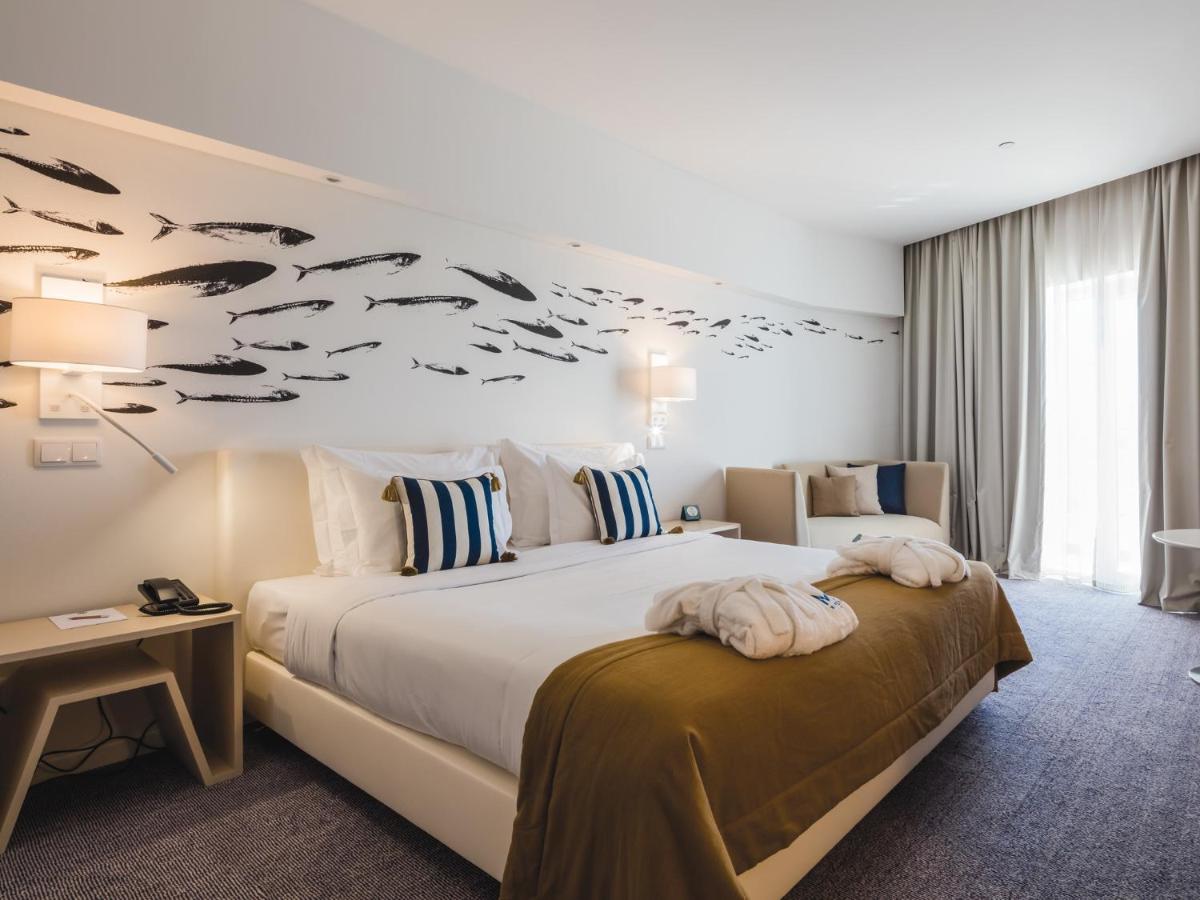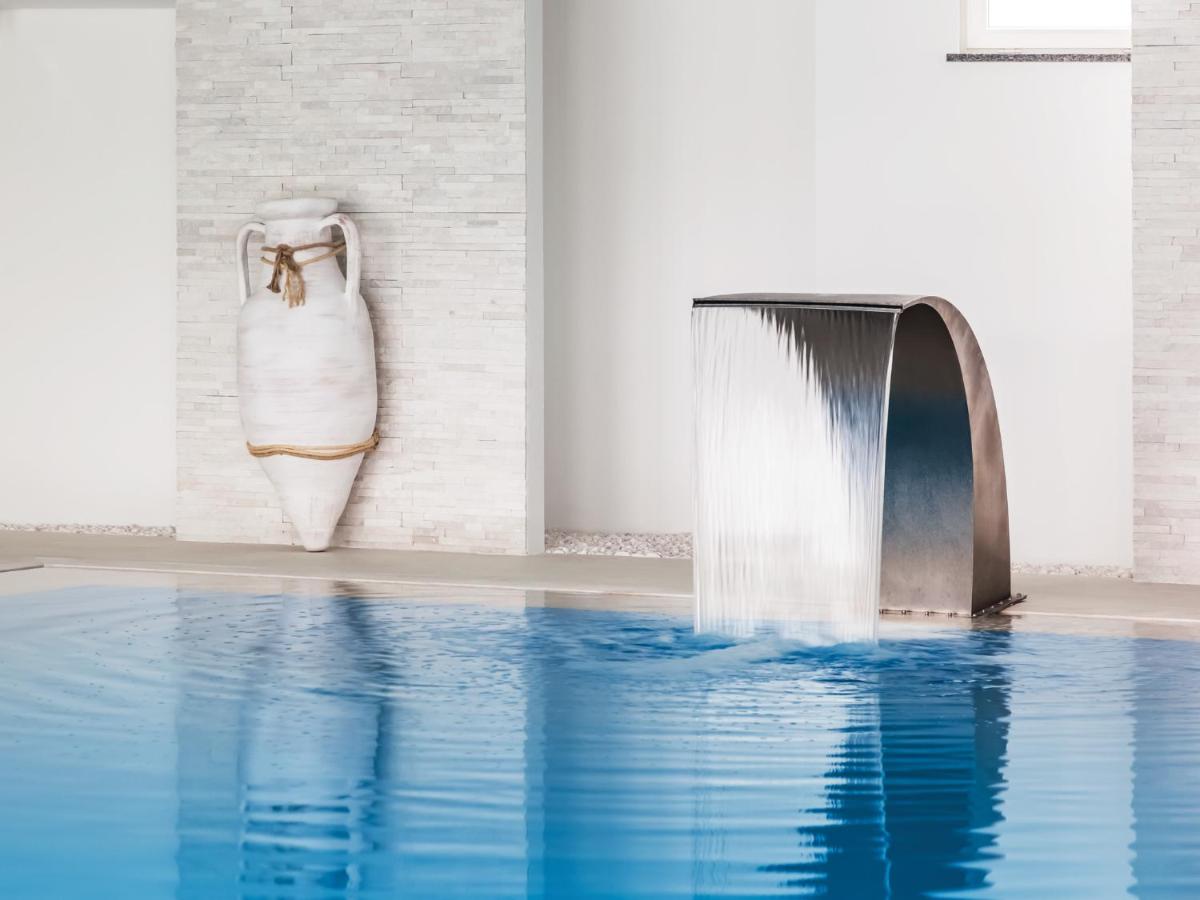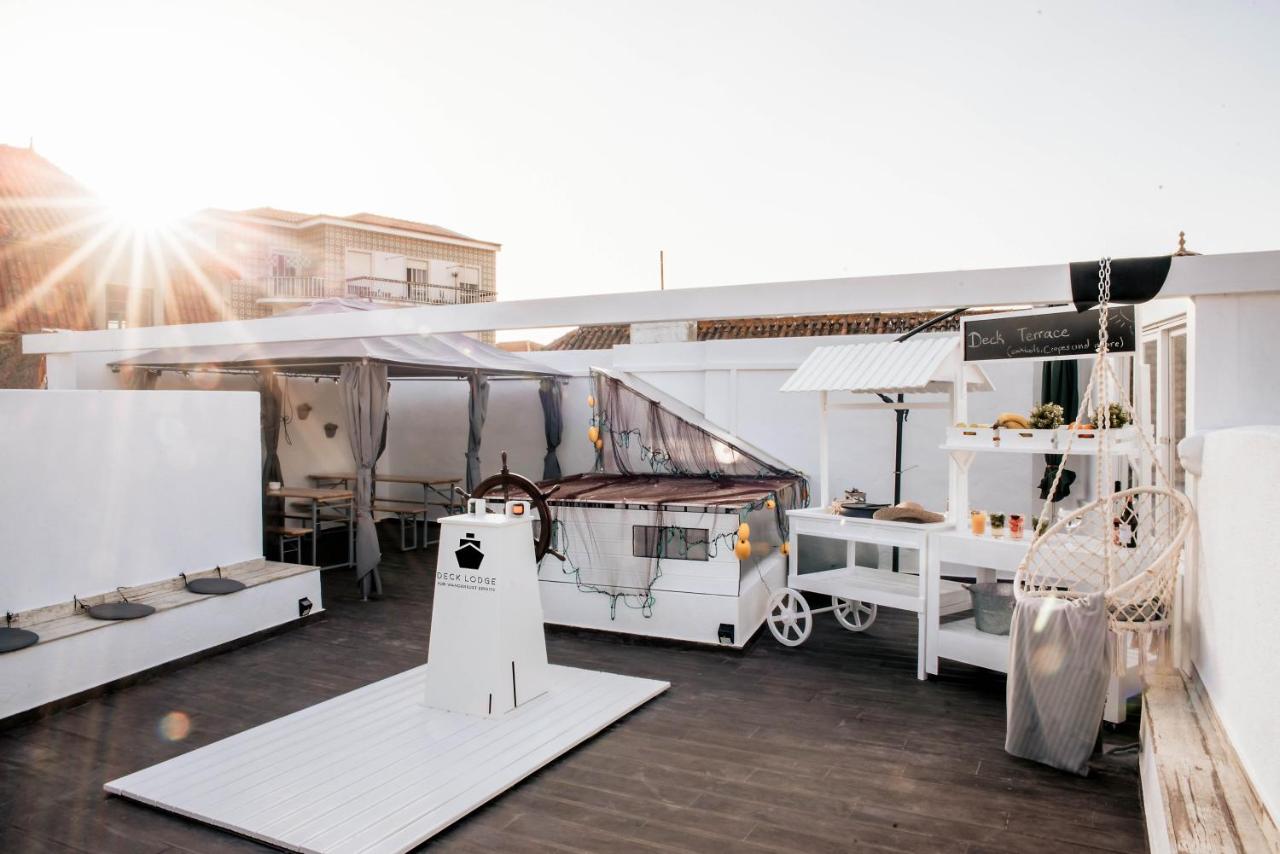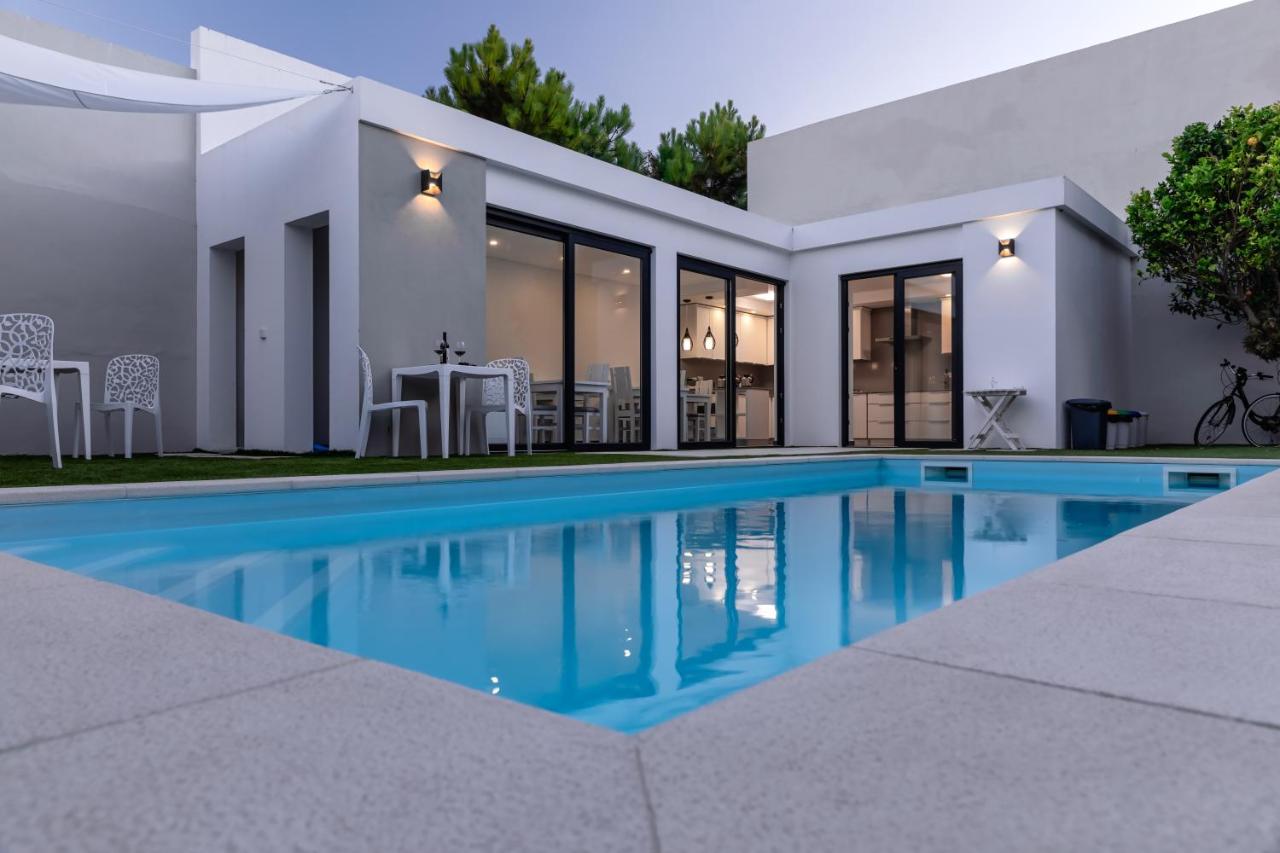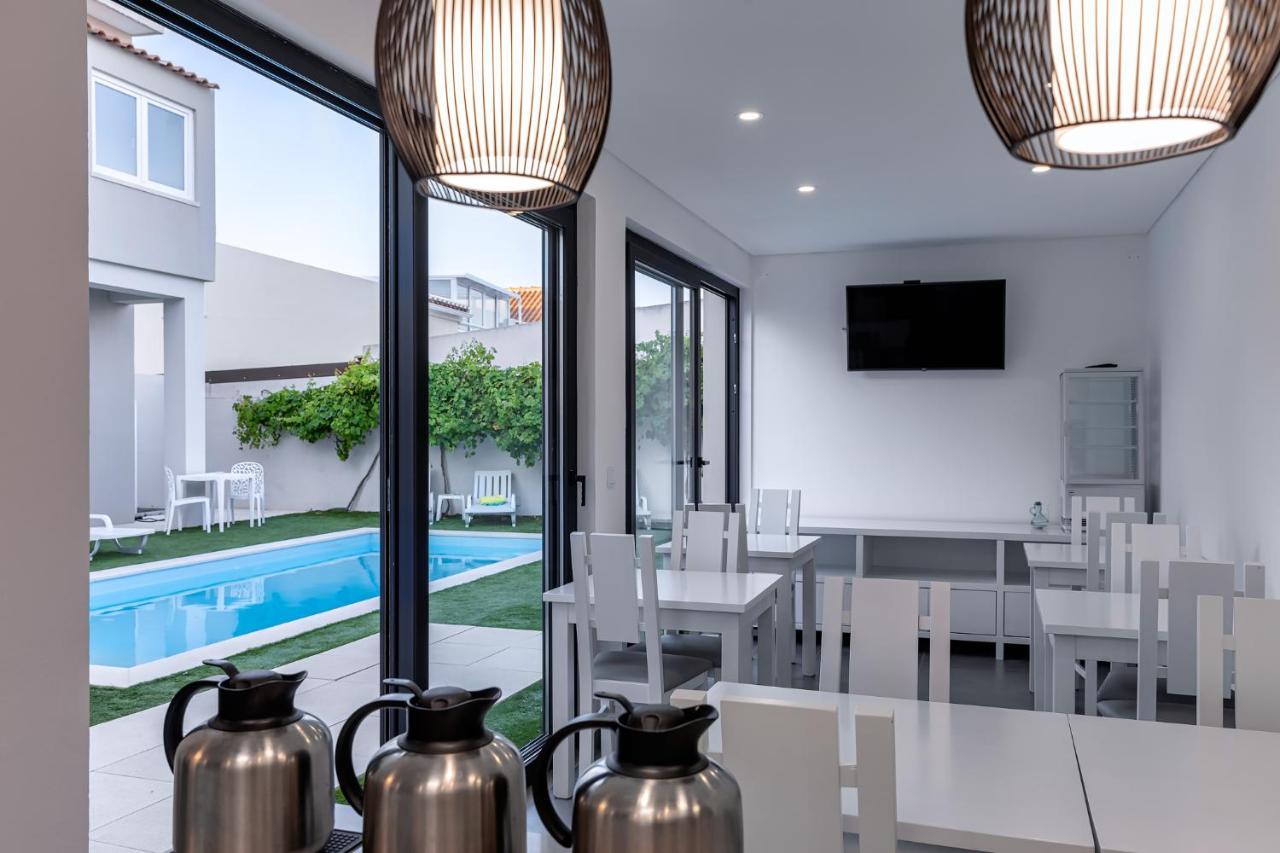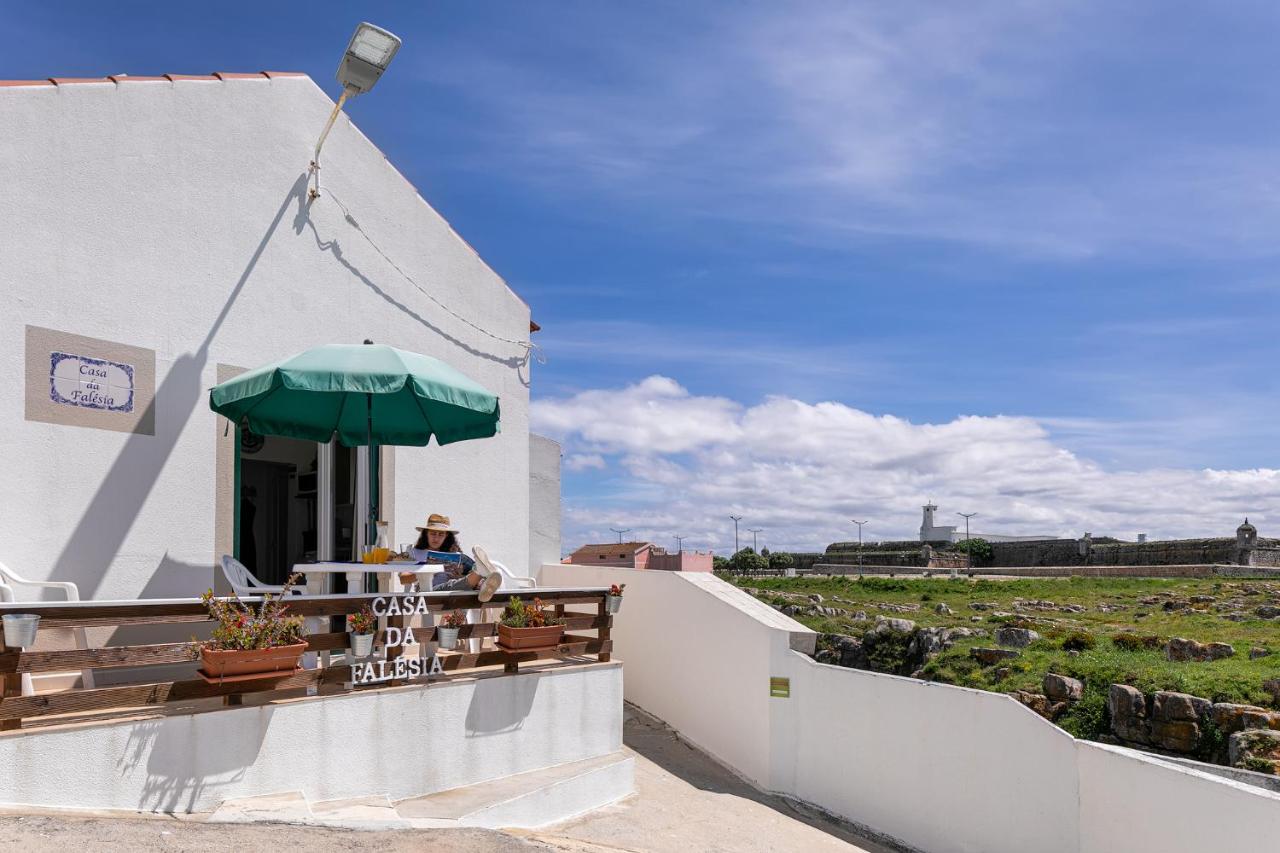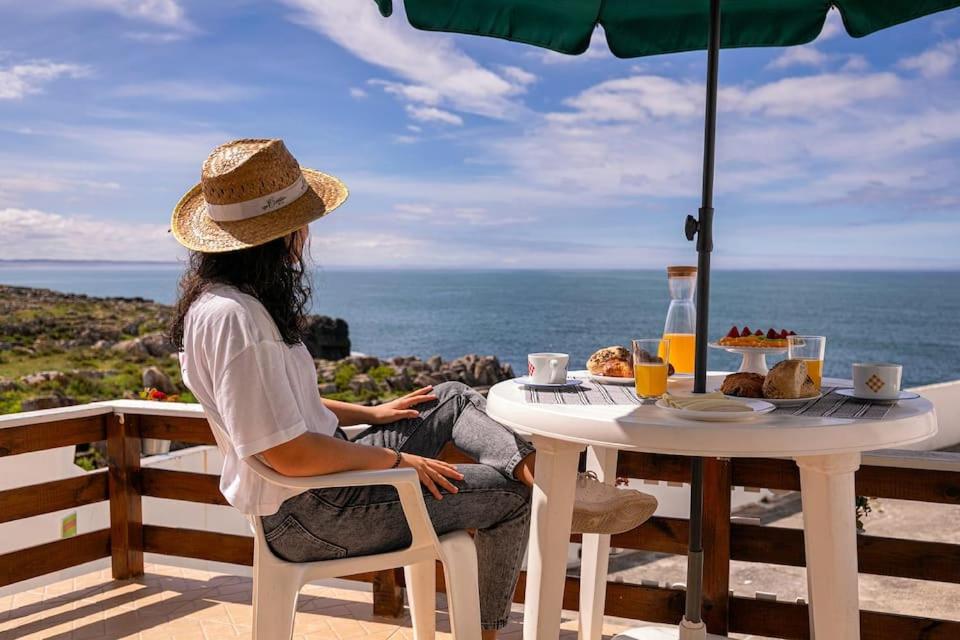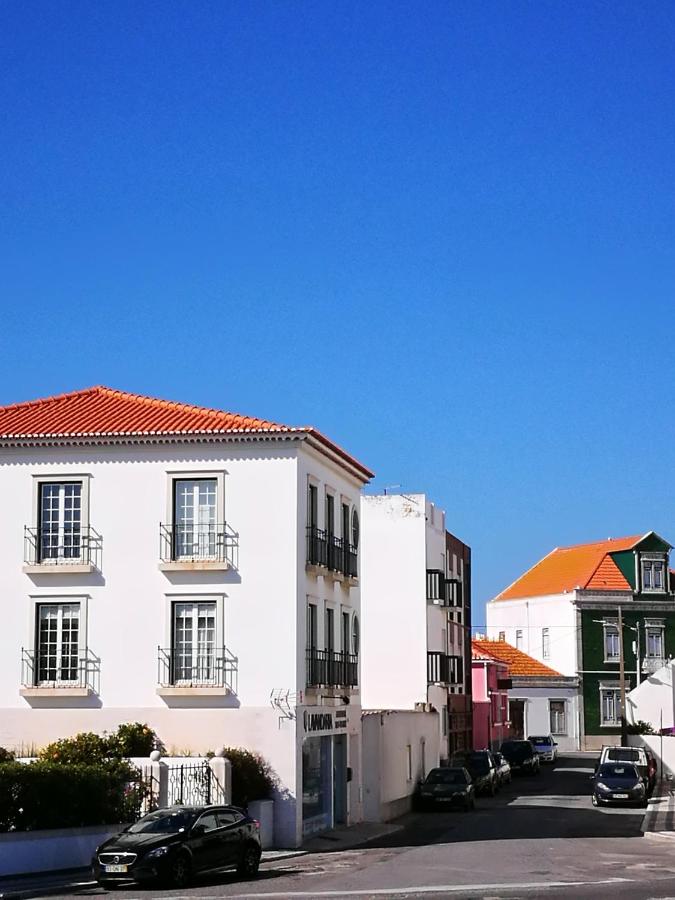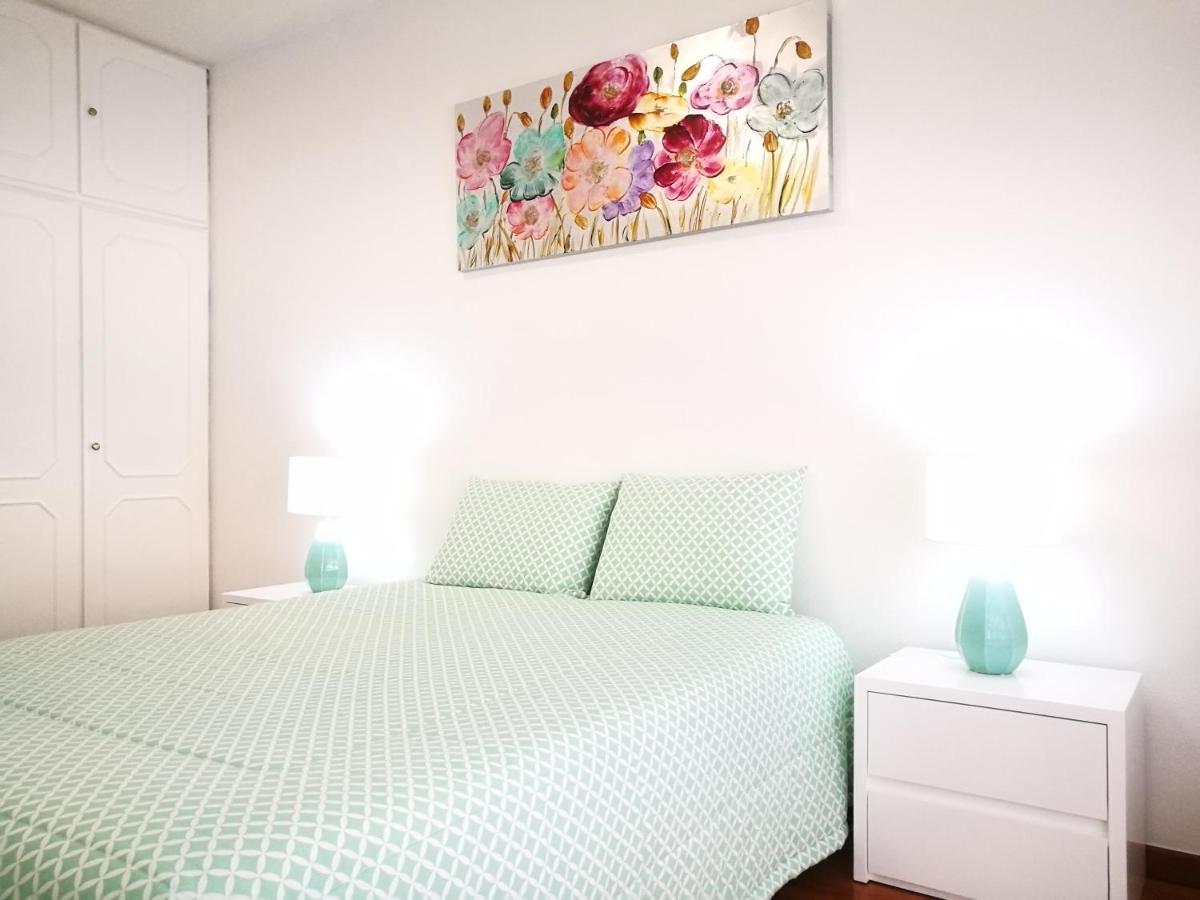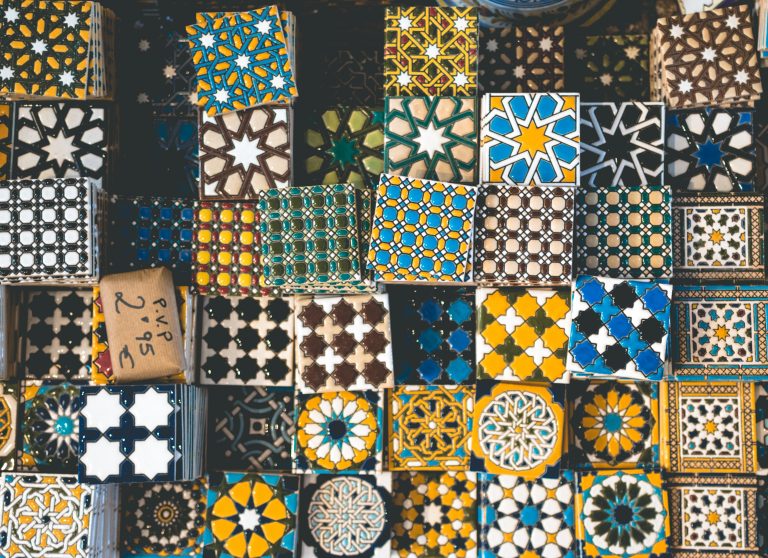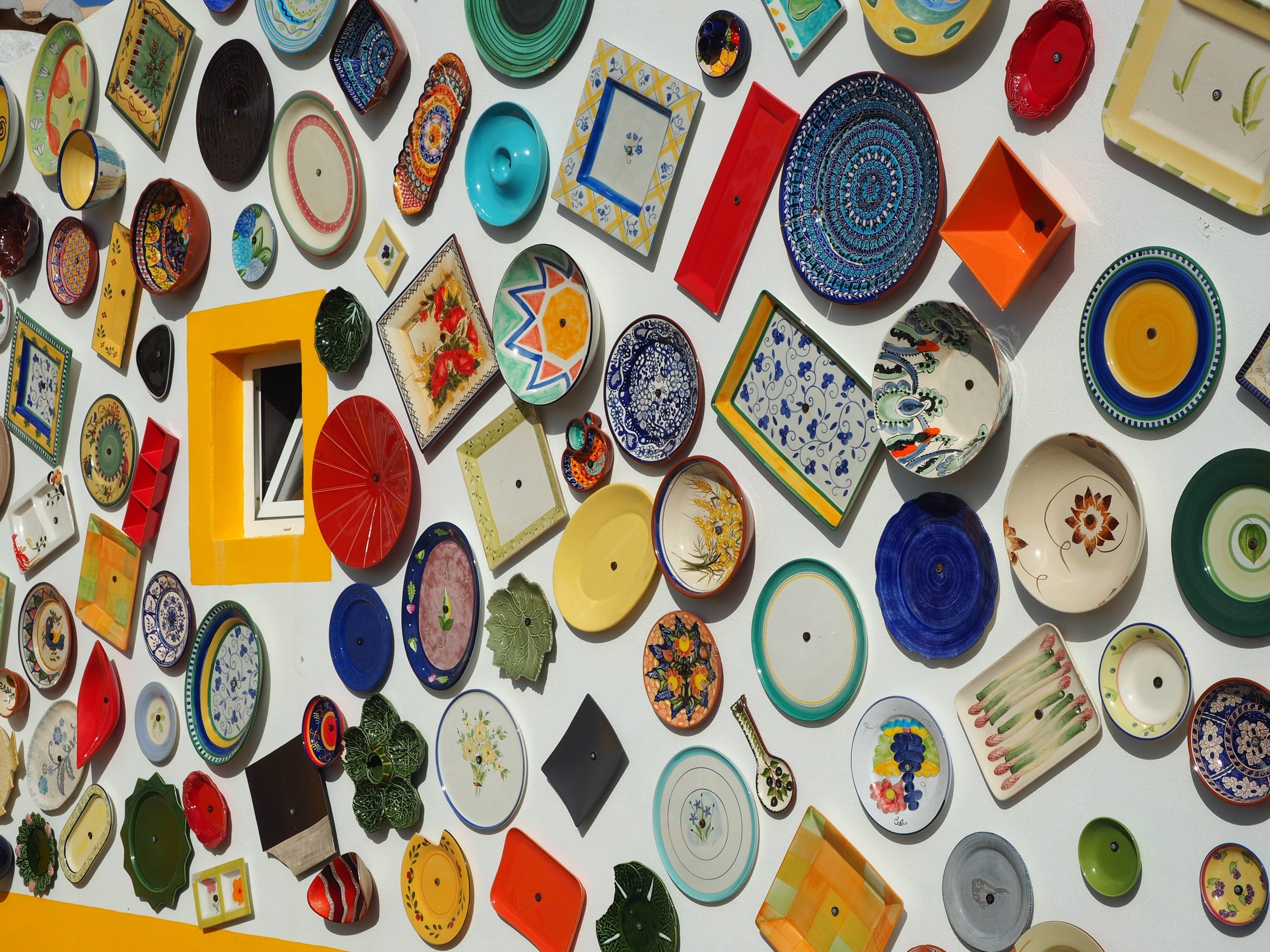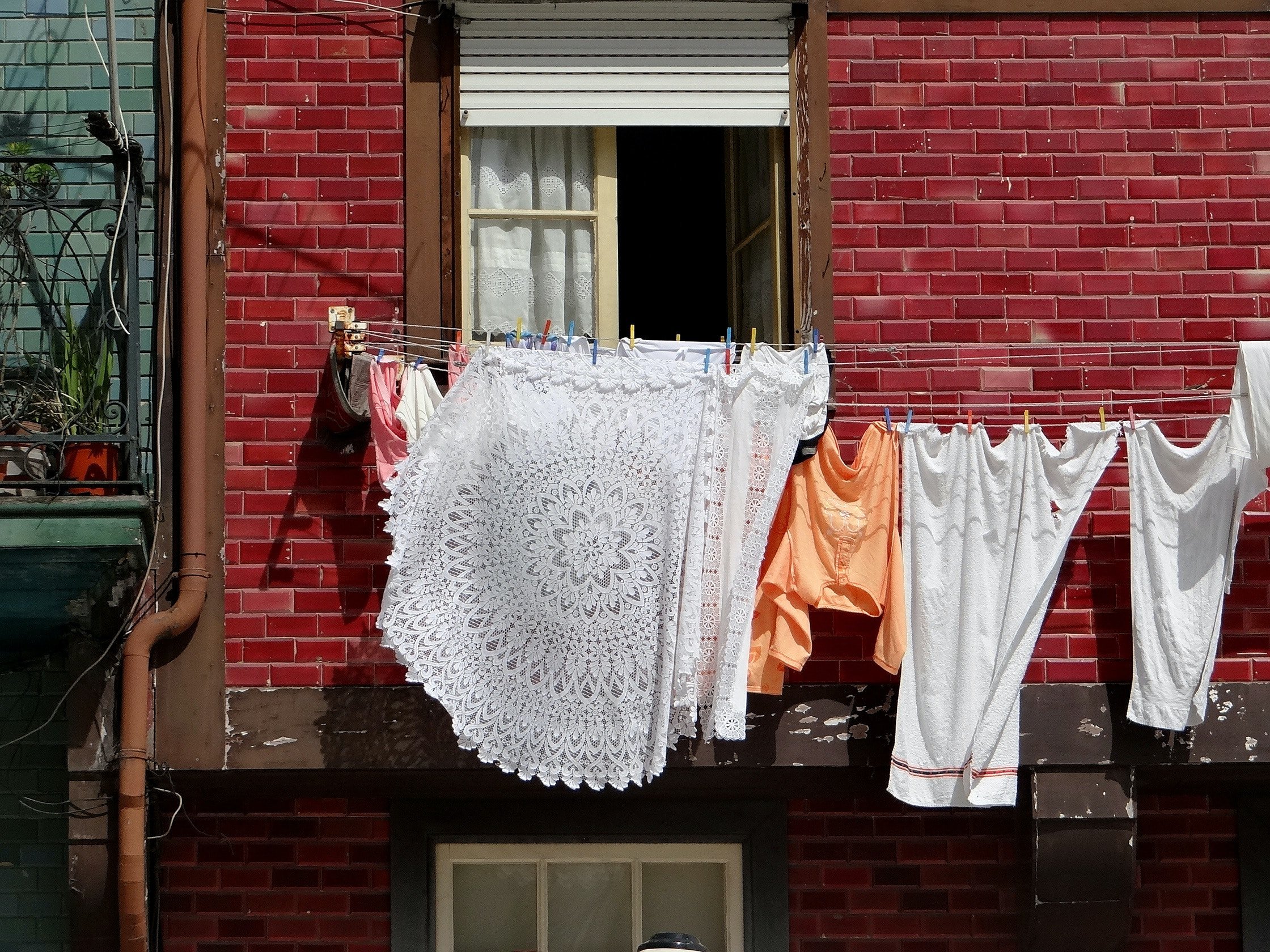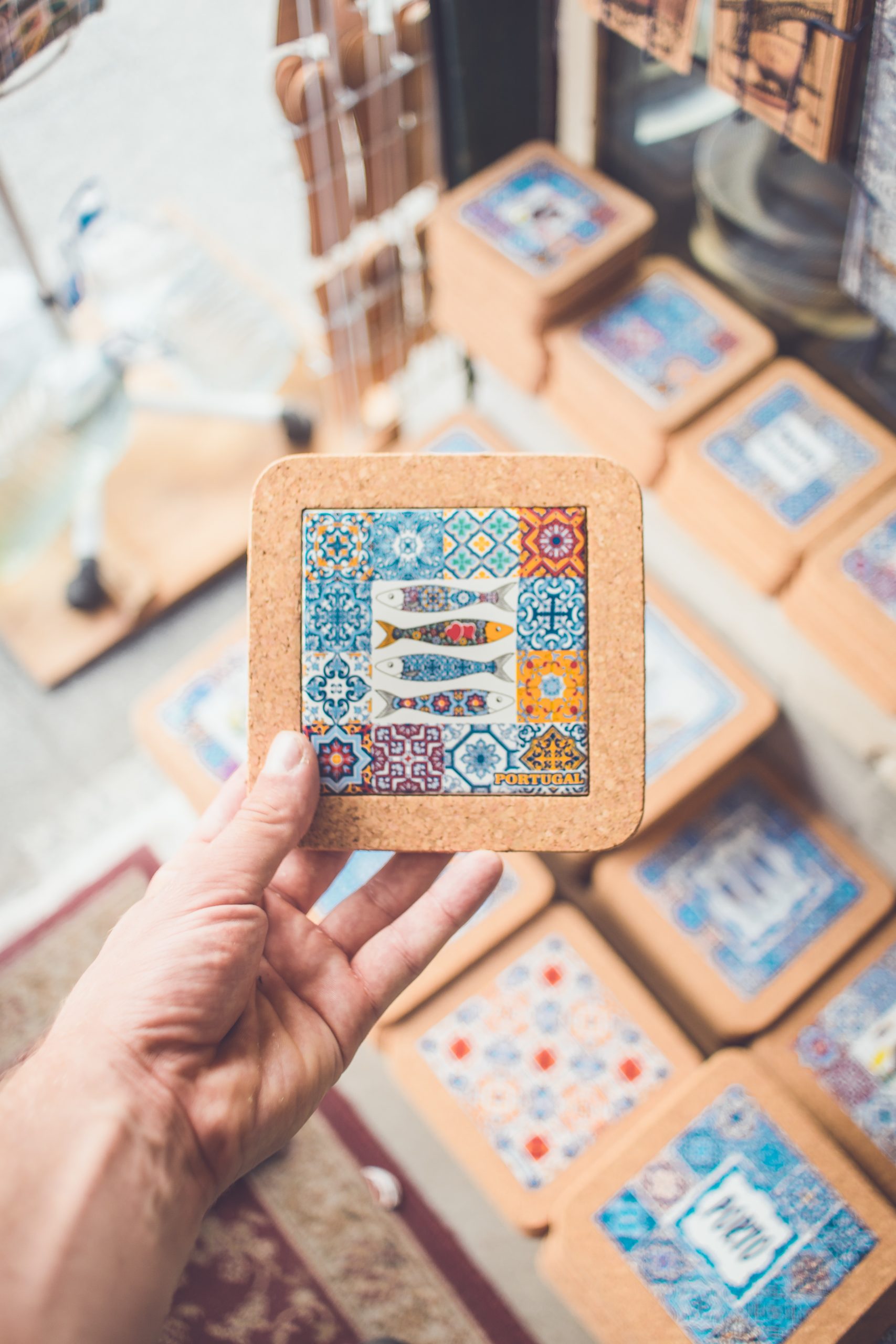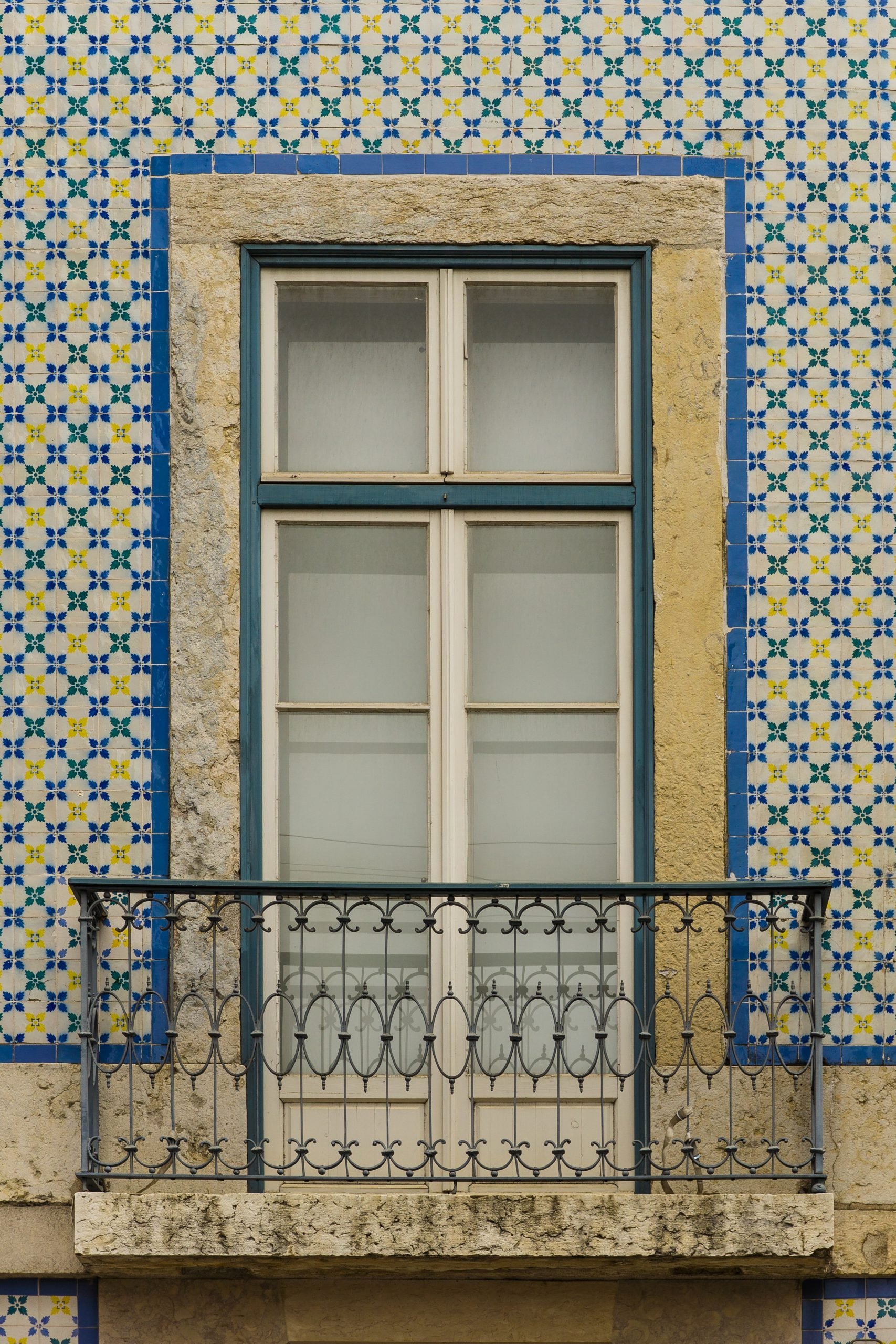Surfing has experienced an explosive surge in popularity. In recent years, it has established itself as a prominent sport within the global sporting landscape. What was once considered a niche activity confined to coastal communities has now transcended and gained worldwide interest.
With a unique blend of artistry, athleticism, and connection to nature, surfing has carved its place in the hearts of both athletes and spectators. This newfound popularity has led to its inclusion as an official sport in the Olympic Games. The explosion of surfing has also fostered a vibrant community, inspiring individuals from all walks of life to embrace the culture.
Portugal has firmly established itself as one of the world’s top surfing destinations. The country attracts wave enthusiasts from every corner of the globe. With its privileged geographical position along the Atlantic Ocean, Portugal offers a remarkable combination of diverse waves and consistent swells. From the stunning coastline to the welcoming surf communities, the country can be considered a paradise for surfers of all levels.
In this article, we will reveal the top 5 surf spots in Portugal, where wave quality, variety, and consistency come together to deliver a complete surfing experience. But it’s not just the waves that make Portugal’s top surf spots extraordinary. The country’s natural beauty, its surfing infrastructure, and the thriving communities also play a big part.
From the surf schools to the surf shops and surf-themed events, Portugal offers an experience that goes beyond the act of riding waves. Join us as we delve into the heart of Portugal’s surf paradigm, synonymous with world-class wave riding and unforgettable moments.
Whether you’re a seasoned professional, an intermediate surfer looking to progress, a beginner catching the first waves, or a passionate spectator, Portugal has the perfect spot waiting for you.
Below, we will provide you with an overview of each zone, together with the best spots, respective wave types, and surf schools. Let’s take a look at the top 5 surf spots in Portugal!
1. Peniche
Peniche is widely regarded as one of the top surfing spots in Portugal. The town itself is located on a small peninsula, surrounded by the Atlantic on three sides. One of the main factors for its status is Supertubos, a regular stop on the World Surf League (WSL) Championship Tour.
Peniche offers a wide range of surf breaks, suitable for different skill levels. The high level of wave consistency throughout the season makes it an appealing destination for those seeking reliable experiences. Moreover, the well-established surfing infrastructure and the deeply rooted community provide an even more solid experience.
Book Surf Experience in Peniche
Top Surf Spots in Peniche
Supertubos
This spot is a world-class beach break with a shallow sand bottom, high-class barrels, and hollow waves. It is one of Europe’s most famous beach breaks, with powerful waves ideal for professional surfers.
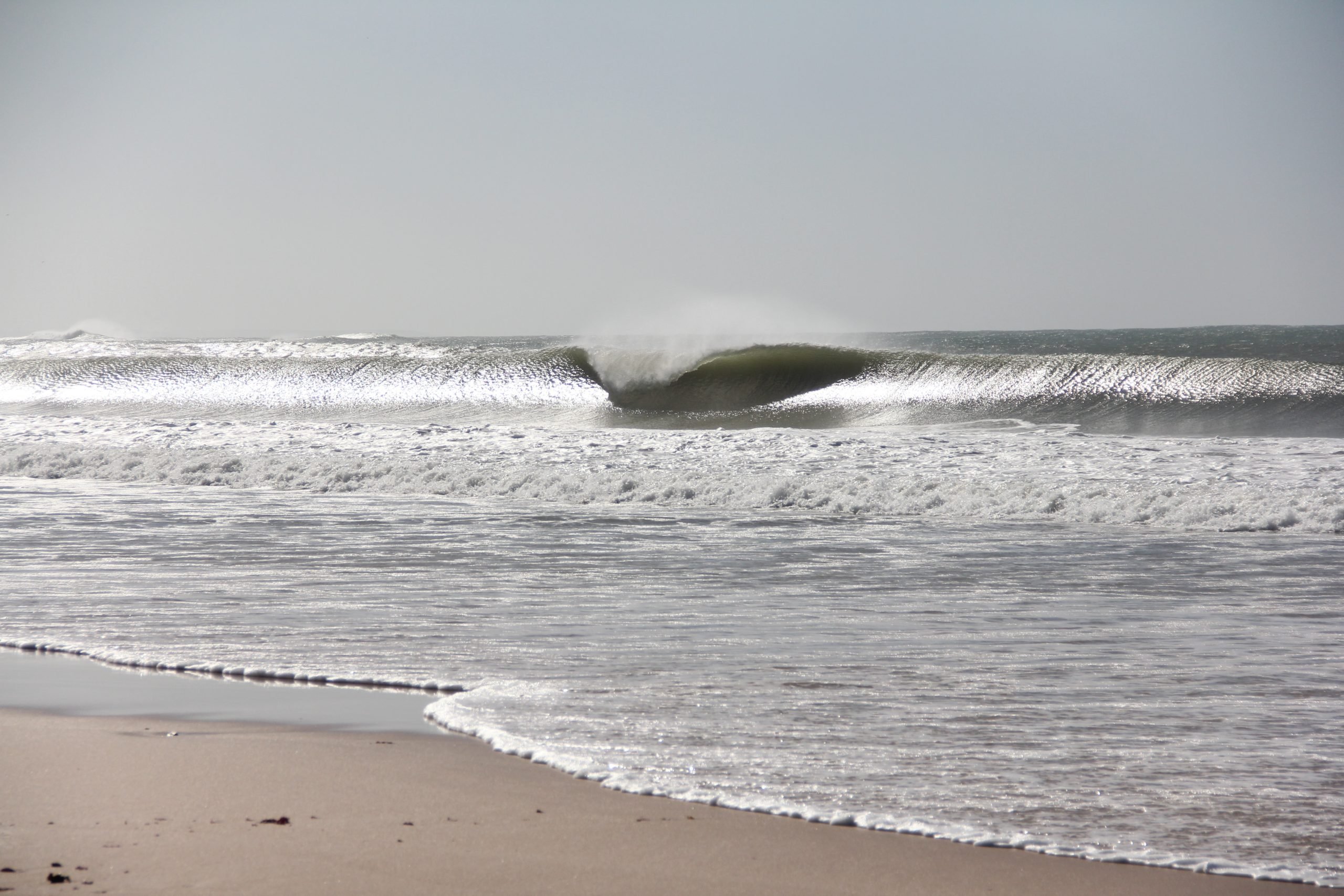
Praia da Consolação
Right next to Supertubos, this break offers a diverse wave. It starts slow, but as the wave starts breaking on top of the rock bottom, it becomes faster and forms a barrel. As the waves are usually less heavy than the ones in Supertubos, it is ideal for intermediate surfers.
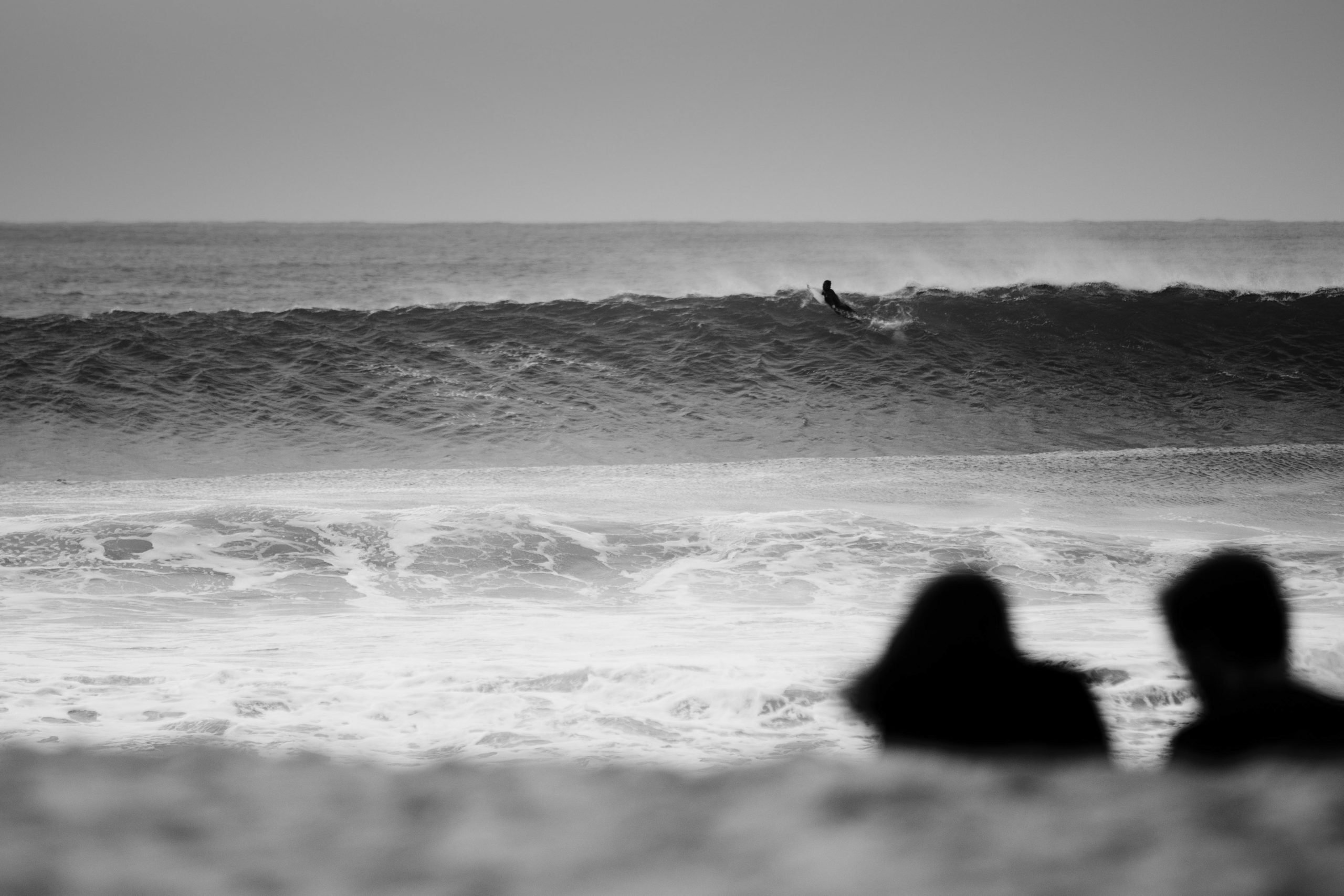
Praia do Baleal
This beach offers very flexible and consistent types of waves. This beach break is more mellow than the ones above, less organized, and less powerful. It offers different wave sizes, which makes it the best option for those beginning their surfing experience.
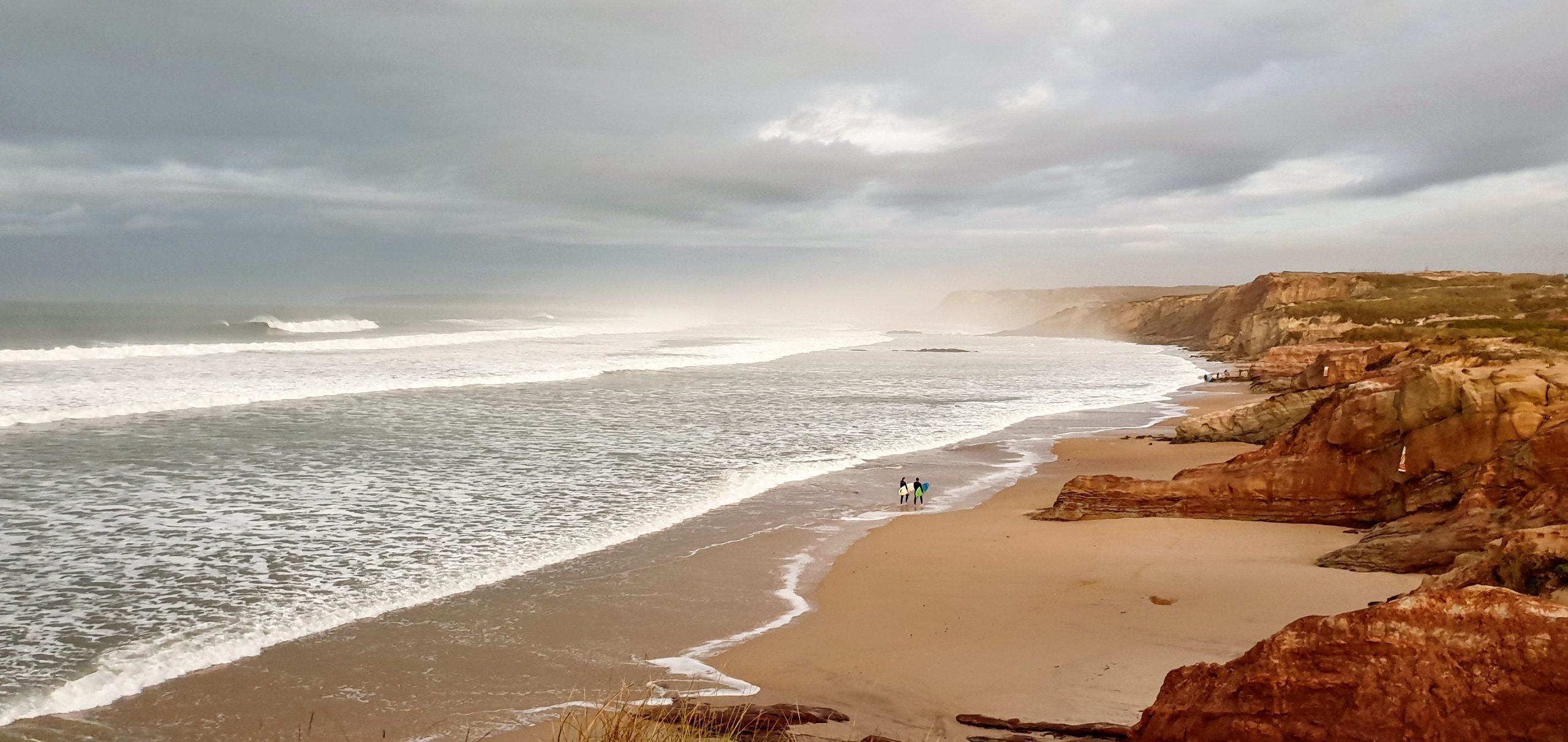
Surf Schools in Peniche
- Supertubos West Surf is a surf school and Bed and Breakfast right in front of Supertubos. It offers a wide range of services, from airport pick up and drop off, to surfing lessons, rentals, and sightseeing trips.
- Surf School Tribo do Mar, located in Praia da Consolação, is a surf and SUP school. This school offers surfing lessons, surf guides, provides wave information, and rents material.
- Baleal Surf Camp was Portugal’s first established surf camp. It is a family-run business, right on the beach, which offers accommodation, surf camps, surfing lessons, and surf rentals.
2. Nazaré
Nazaré is an old fishing village that sits along Portugal’s central coastline, a bit further north than Peniche. In the last decade, it has become one of the world’s most famous spots thanks to its giant waves. It is a place for wave spotting, more than a place for actual surfing. Its characteristics make it very harsh for any non-professional surfer. Even seasoned professionals may have a hard time.
During the winter, this town hosts the world’s best big wave surfers, who look to challenge themselves on what has been considered the largest wave on the planet. Some, such as the Hawaiian surfer Garret McNamara, protagonist of the 100 Foot Wave documentary, have even made it their home. However, Nazaré also has beaches suitable for the average surfer.
Top Surf Spots in Nazaré
Praia do Norte
This is the beach that brought Nazaré to the international stage. The North Canyon, a massive underwater trench that extends from the coastline to the Atlantic, is the main catalyst for the formation of the massive waves. As large swells approach the coastline, they encounter the geological feature whose shape and depth causes the waves to refract, amplifying their size and energy.
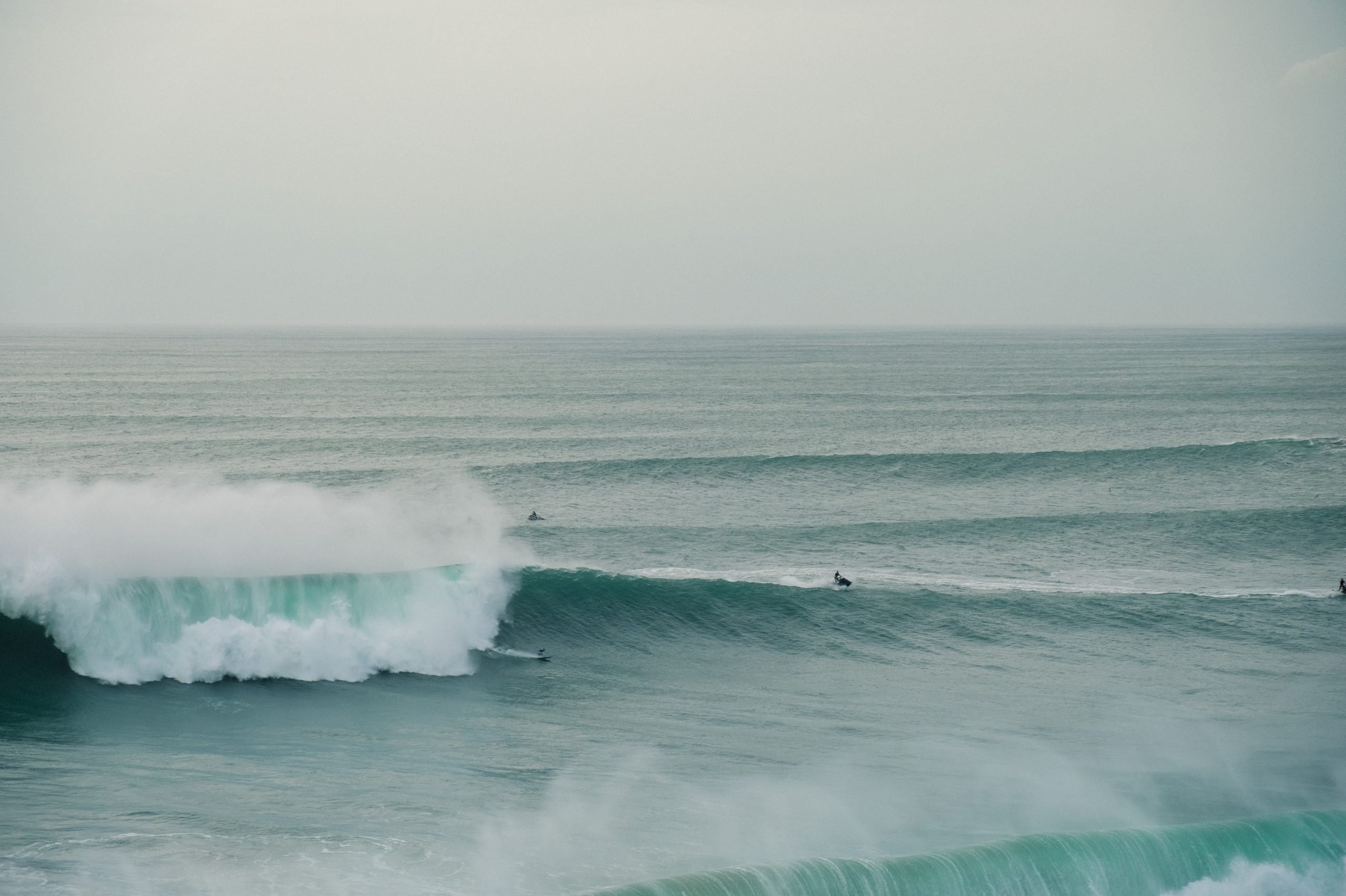
Praia do Sul
This beach is where every non-big wave professional surfer may practice the sport. Similar to Baleal, in Peniche, this beach break offers a range of waves suitable for different skill levels. Providing both lefts and rights, Praia do Sul has consistent and fun waves throughout the year.

Surf Schools in Nazaré
- Zulla Nazaré Surf Village is a hotel located near Praia do Norte. It offers a wide range of services, including surfing lessons and rentals. It is a customer-oriented immersive surfing experience for both athletes and lovers of the sport.
- Soul Surf School, located in Praia do Sul, is a typical surf school. It offers surf lessons and rentals. Currently, it does not have a direct website.
3. Ericeira
Ericeira holds the title of being a World Surfing Reserve. One of its notable strengths is the abundance of surf breaks offering diverse wave characteristics. It is a place of surf heritage that offers consistent surfing conditions throughout the year, suitable for every preference and skill level.
From beach breaks to point breaks and reef breaks, Ericeira has it all. It allows surfers to explore very different options within a close distance. This blend, together with the loving surf community and the well-developed infrastructure make Ericeira one of the most appealing surf destinations in Portugal.
Book Surf Experience in Ericeira
Top Surf Spots in Ericeira
Pedra Branca
This spot, located near Praia da Empa, offers excellent wave quality. It is known for producing consistent, powerful, and hollow waves. The reef break creates fast and barrelling waves that are ideal for intermediate and professional surfers who seek an adrenaline-pumping surfing experience.
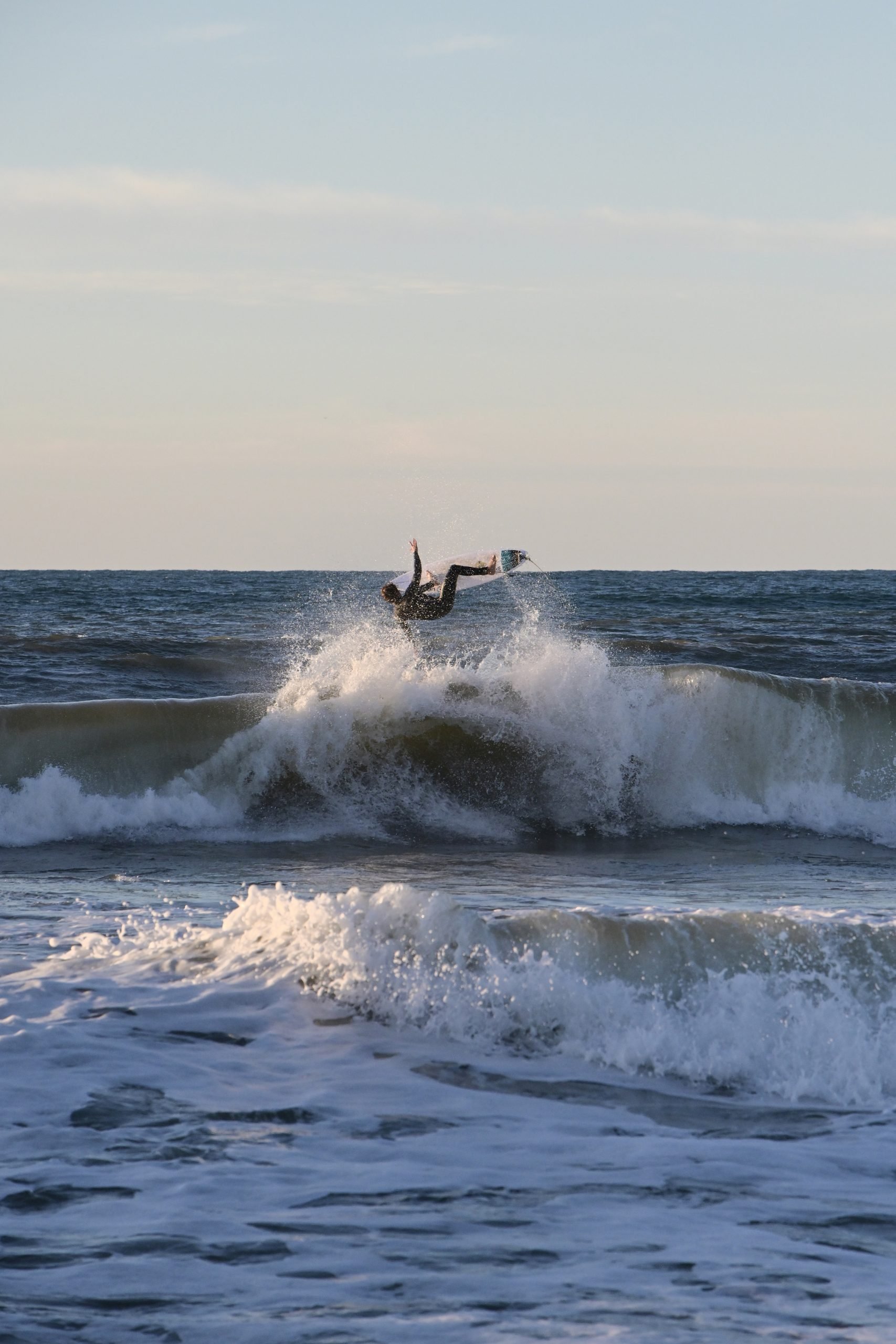
Ribeira d’Ilhas
This beach is renowned for its exceptional wave quality and consistency. It is a point break that produces long and consistent waves. The fact that it creates waves of different sizes, depending on the swell, makes it a versatile and reliable choice, ideal for any skill level.

Coxos
Praia dos Coxos is considered one of the best right-hand point breaks in Europe. With its powerful and fast-breaking waves, it is ideal for high-performance surfing. The quality and consistency of the waves make it a very reliable choice. However, their long and steep walls and barrel sections make it a place for advanced surfers looking for challenging and dynamic sessions.
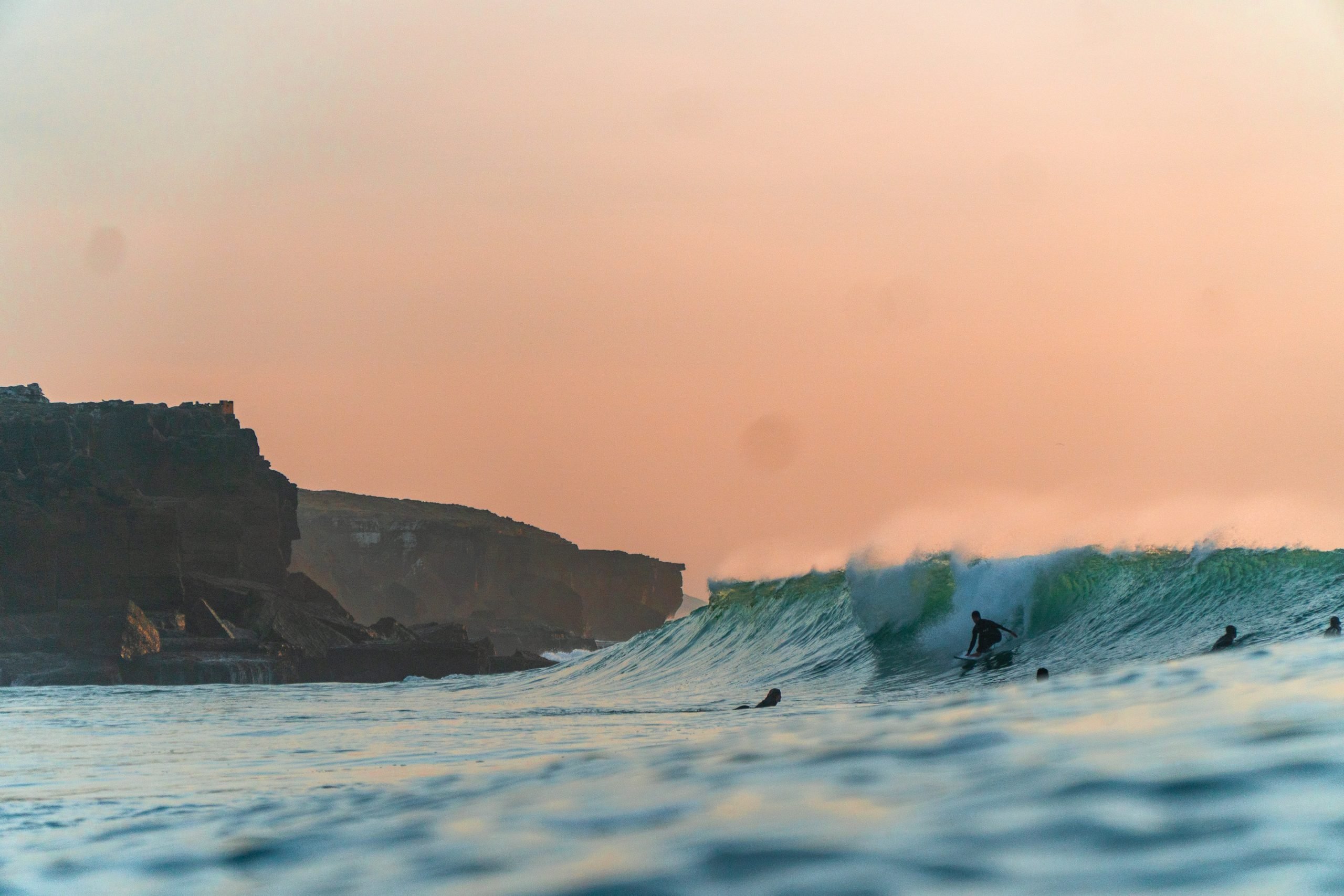
Surf Schools in Ericeira
- Surf 365 Ericeira is a family-run surf school near Pedra Branca. It is accredited by the Portuguese Surf Federation. The school offers surfing lessons for beginners and intermediates, as well as a kids club for toddlers.
- Ericeira Waves Surf School, located at Ribeira d’Ilhas beach, has a team of both local and international surf enthusiasts. It offers surfing lessons for beginners and intermediate surfers, as well as in-land water safety briefings.
- Progress Surf School Ericeira, located near Coxos Beach, offers a wider variety of services. From airport transfers to surfing lessons, guides, rentals, and surf apnea curses.
4. Lisboa & Cascais
Lisbon and Cascais benefit from a favorable geographical location on the central coast of Portugal. The region is exposed to a wide range of swells from the Atlantic Ocean, which result in consistent surf conditions throughout the year. The mix of beach breaks, reef breaks, and point breaks, together with the excellent wave quality, and different wave types make it suitable for all skill levels.
From more mellow waves for beginners to powerful waves for professionals, this area is suitable for all preferences. Moreover, the well-established culture and the developed infrastructure further solidify the reliability of the experience.
Book Surf Experience in Cascais
Top Surf Spots in Lisbon & Cascais
Costa da Caparica
This area consists of a long stretch of coastline with multiple beaches and point breaks. It benefits from consistent swells from the Atlantic Ocean, which result in a reliable supply of waves all year around. Along the beach and point breaks, surfers can find a large variety of wave types. From smaller and more mellow waves for beginners to larger and more powerful waves for professionals, Costa da Caparica has something for everyone.
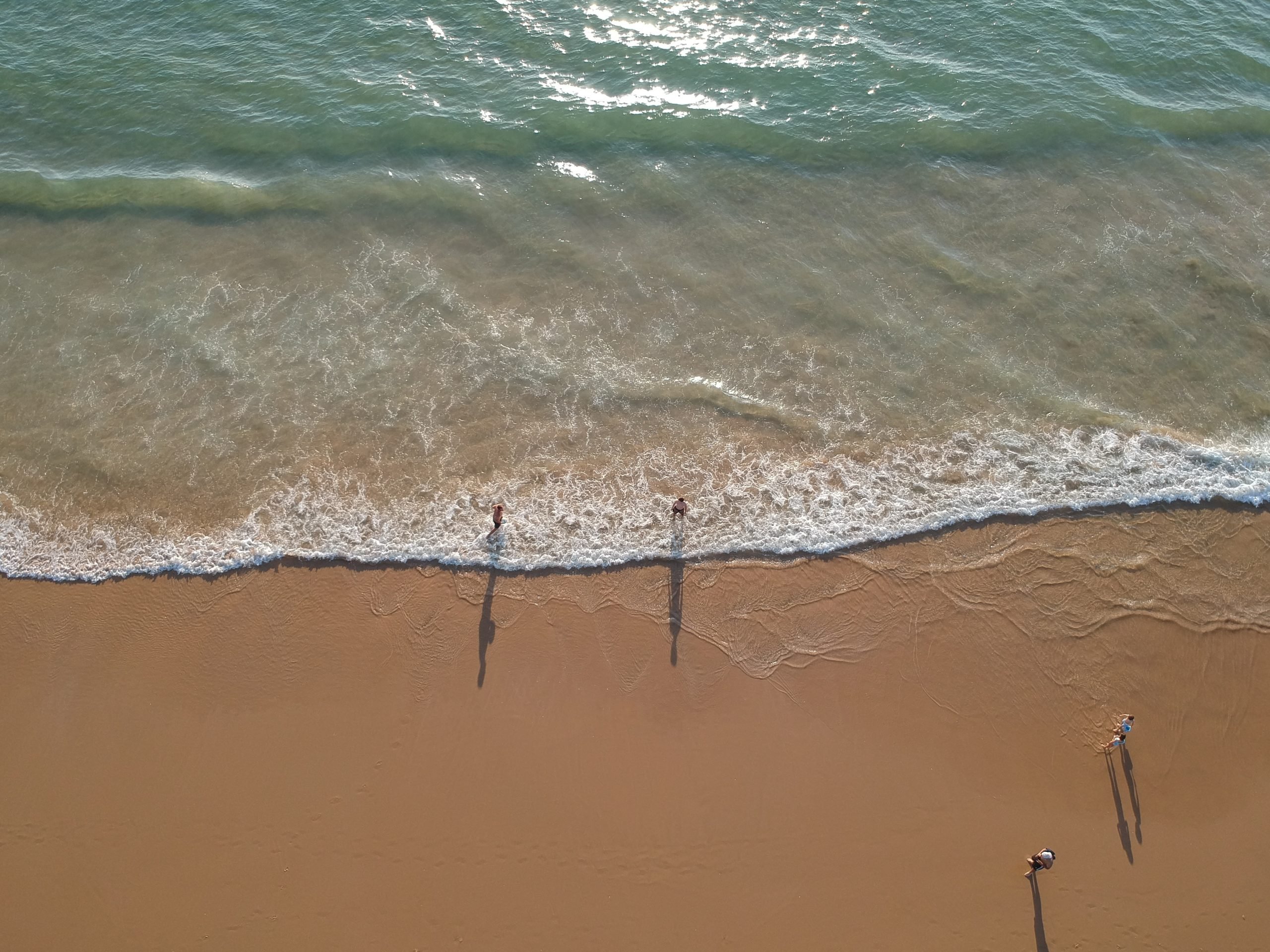
Carcavelos
This beach is renowned for its wave quality and consistency throughout the year. Its beach breaks, together with the Atlantic swells, produce long, well-formed, and powerful waves, which are known for their speed. This combination makes Carcavelos an ideal spot for surfers looking for a challenging and dynamic experience. Although, not as much as Coxos, in Ericeira. However, depending on the conditions, it can also be perfect for beginners and intermediate surfers.
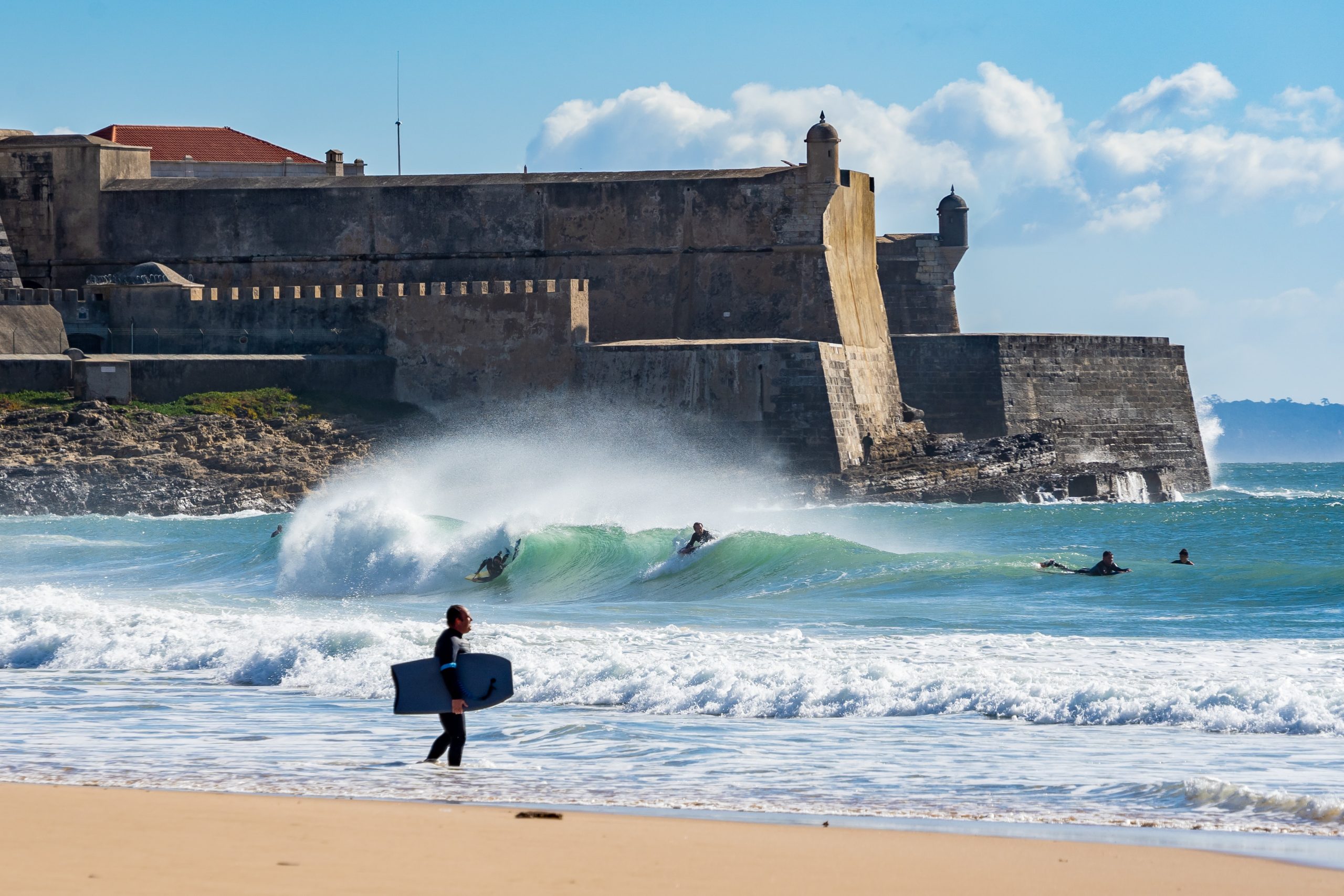
Guincho
This spot is known for its wave quality and consistency throughout the year. Even though the swells ensure a steady supply of waves, it is usually less organized than the ones above. However, when the conditions are favorable, it produces powerful, well-formed waves that attract surfers of all levels. Guincho is also known for its offshore winds, primarily the northwest wind known as ‘Nortada’. These wind conditions groom the waves and contribute to the reliability of the spot.
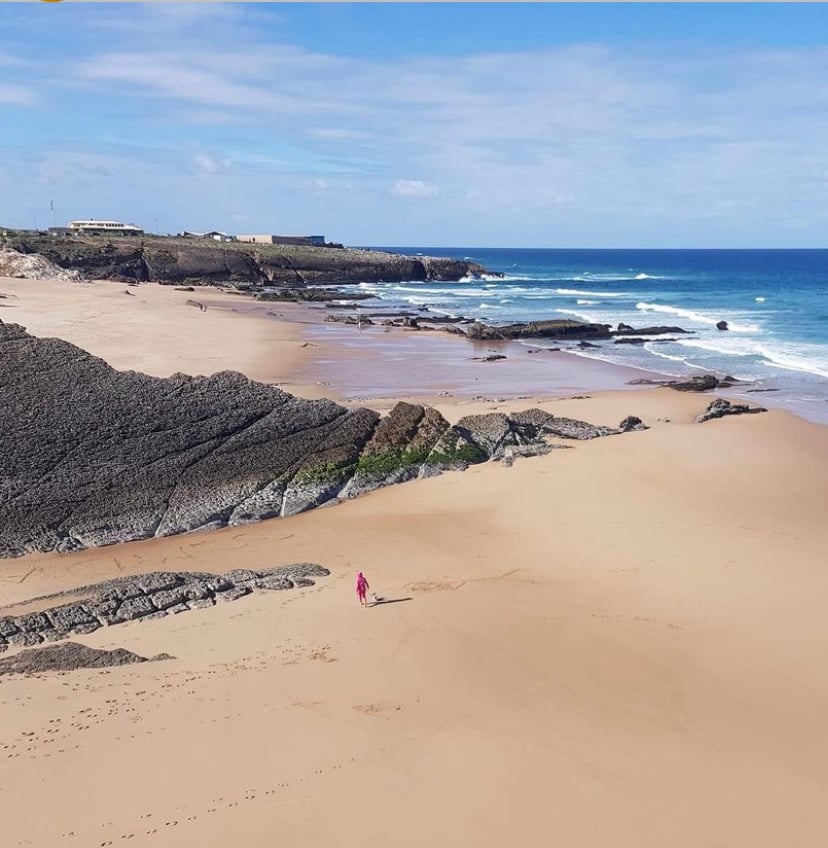
Surf Schools in Lisbon & Cascais
- Gota DAgua Surf School, in Costa da Caparica, provides surfing lessons, surf tours, and rentals. It has instructors for all levels.
- Cascais Wave Riders, located near Carcavelos Beach, has existed for over a decade and is accredited by the Portuguese Surf Federation. It provides a wide variety of services, from accommodation to surfing lessons, rentals, surf camps, and coaching.
- Salty Souls Surfschool is located near Guincho Beach. The school provides accommodation, surfing lessons, surf camps, kids camps, and rentals.
5. Sagres
Like the above, Sagres, which is situated on the southwestern tip of Portugal, is also a surfer’s paradise. The region offers a wide variety of wave types. From powerful reef breaks to mellow beach breaks, it can be the perfect option for surfers of all levels. The combination of quality waves, diverse surf breaks, and consistent conditions throughout the year makes it a top surf destination. Moreover, its laid-back and welcoming atmosphere, together with the strong sense of community make sure the experience is unforgettable.
Book Surf Experience in Sagres
Top Surf Spots in Sagres
Ponta Ruiva
Praia da Ponta Ruiva is considered one of the best surf spots in Sagres mainly due to its consistency and quality. The spot offers a powerful and hollow right-hand reef break that can produce fast and barrelling waves. Compared to other more popular spots, Ponta Ruiva tends to be less crowded. Even though it can get busy, it generally offers a quieter atmosphere. This combination of features makes it the perfect spot for experienced surfers looking for challenging and high-performance sessions.
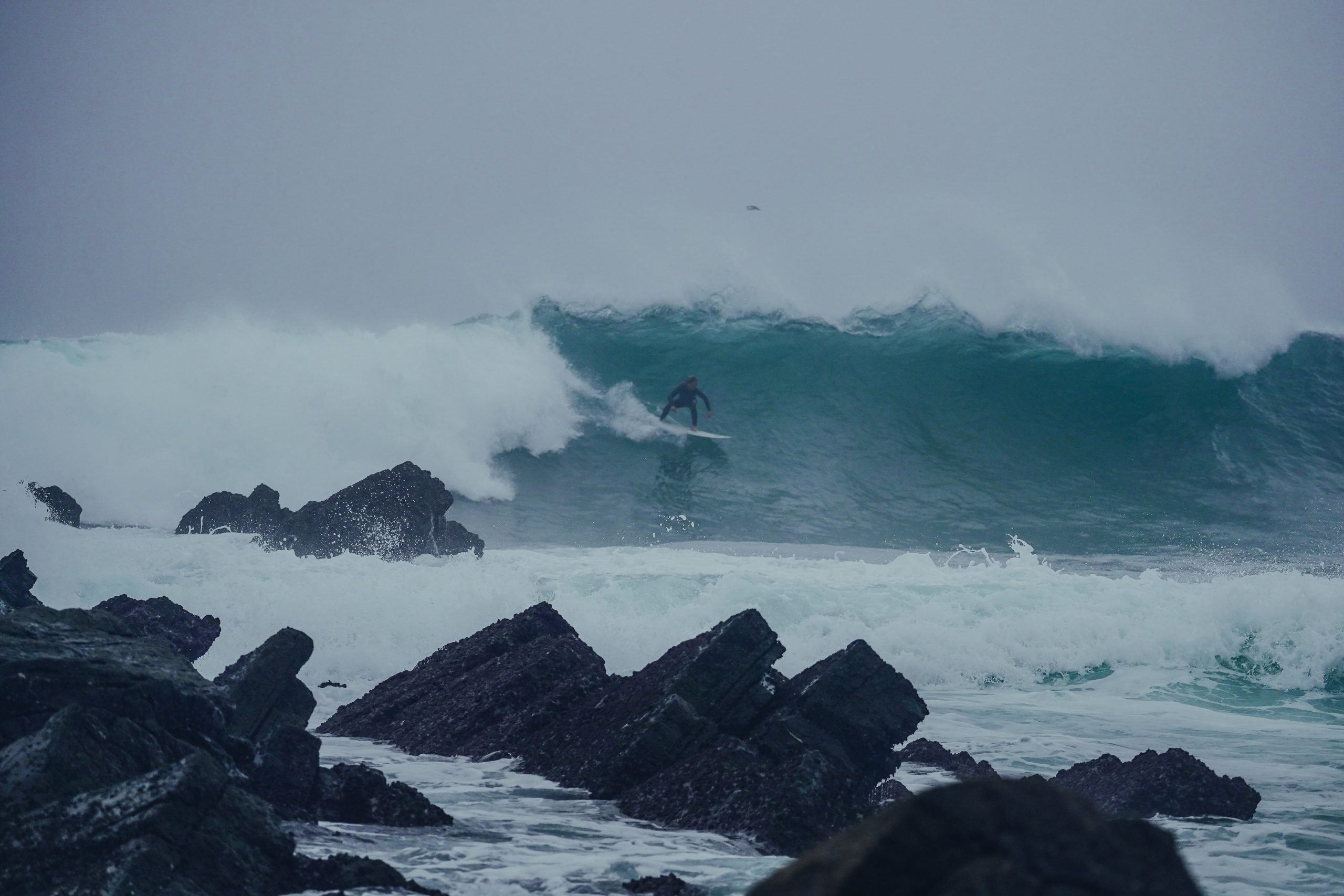
Praia do Amado
This beach is exposed to a wide range of swell directions, making it possible to find quality waves in various conditions consistently. The variety of wave types and their consistency, together with its beach break feature make it appealing for surfers of all levels who want to catch waves regularly during the surf sessions.
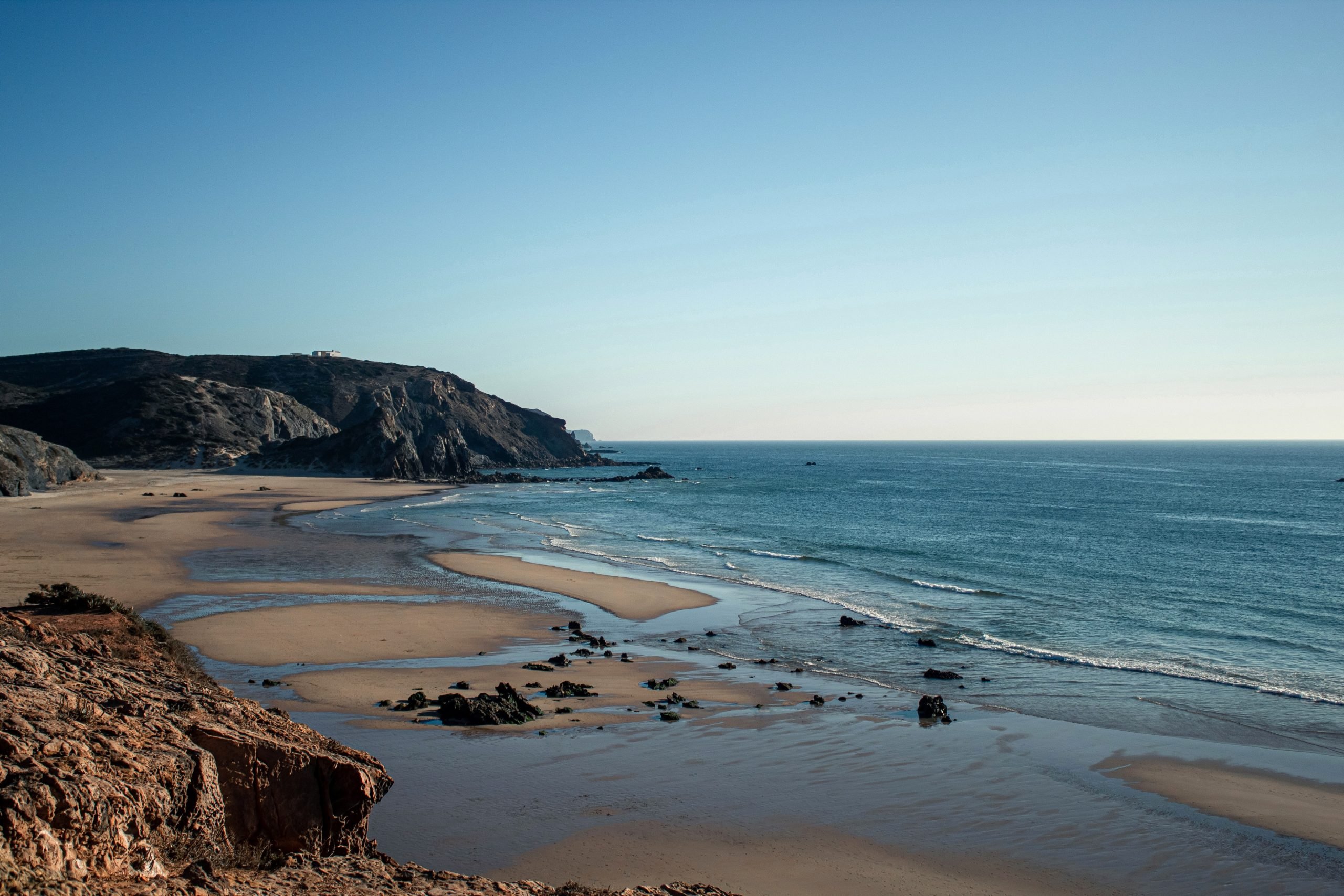
Surf Schools in Sagres
- Wavy Surf Camp Portugal, located in Parque de Campismo Orbitur Sagres, is integrated into Sagres’ natural environment. It offers accommodation, surfing lessons, surf camps, and activities such as yoga, sightseeing, skateboarding, and others.
- Amado SurfCamp, near Praia do Amado, also offers a wide variety of services. From various types of accommodation to surfing lessons and surf guides, it promises a pleasant experience for surfers of all levels.
Bear in mind that it is impossible to rank these five spots. Choosing one of the best surf spots in Portugal will depend on the preferences of the one making the decision. One thing is guaranteed, the combination of wave consistency, wave quality, and natural beauty will provide an extraordinary experience wherever you decide to go.

